Affiliate disclosure: This post may contain affiliate links. Please see our Privacy Policy.
Once you start canning food at home, you’ll want to find canning recipes to put up everything in a convenient shelf-stable package. Home canning is easy, but it can be hard to find quality canning recipes online since this vintage skill mostly harkens back to a time before computers.
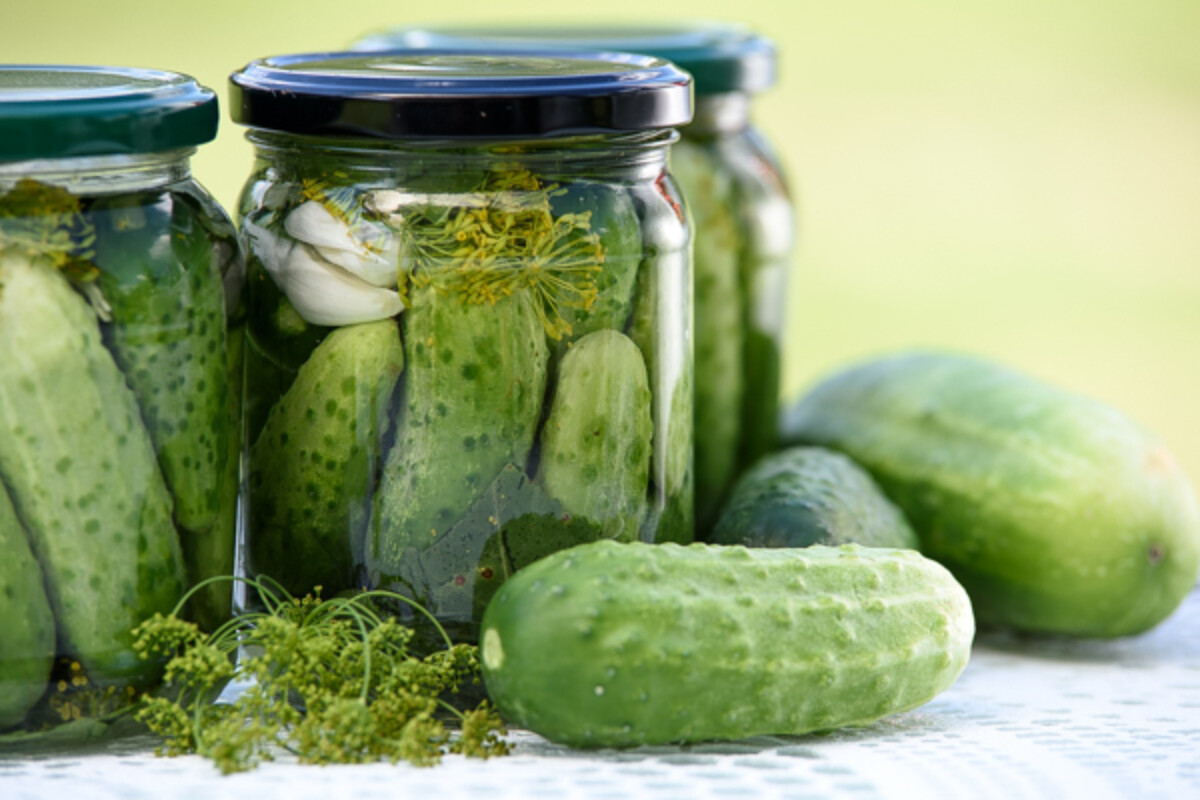
Table of Contents
- Apples
- Apricots
- Asparagus
- Banana
- Beans, Dry
- Beans, Green
- Beautyberries
- Beets
- Blackberries
- Blackcurrant
- Blueberries
- Cabbage
- Cantaloupe
- Carrots
- Cauliflower
- Celery
- Cherry
- Chokecherry
- Cornelian Cherry
- Coconut
- Corn
- Cranberries
- Cucumbers
- Eggplants
- Elderberries
- Fiddleheads
- Figs
- Flowers (Edible Varieties)
- Garlic
- Gooseberries
- Grapes
- Greens
- Ground Cherries
- Haskap Berries
- Hawthorns
- Kiwi
- Kumquats
- Lemons
- Loquats
- Maple
- Mango
- Meat & Stock
- Mulberry
- Okra
- Onion
- Orange
- Passionfruit
- Peaches
- Pears
- Peas
- Persimmon
- Peppers
- Peppercorns
- Pineapple
- Plum
- Pomegranate
- Potatoes
- Prickly Pear
- Pumpkin
- Quince
- Ramps (Wild Leeks)
- Raspberry & Black Raspberry
- Redcurrant
- Rhubarb
- Salsa
- Strawberry
- Sweet Potatoes
- Tamarillo
- Tomatillo
- Tomatoes
- Turnips
- Water
- Watermelon
- Zucchini
- More Food Preservation Ideas
It can be tough to hunt down canning recipes in the middle of summer when all your crops are coming in, and you’ve got a full plate (and a full harvest basket!). No worries, I’ve got you covered! I’ve collected all the best canning recipes for putting up the harvest all in one place, organized from A to Z by crop.
Here’s how to can everything from Apples to Zucchini, including recipes for less common canned goods like meats and soups, and fun crops like husk cherries and beautyberries.
At this point, I have more than 200 canning recipes on this site, and I just recently started a new website completely devoted to canning recipes called Creative Canning, which has even more safe, tested canning recipes.
If you’re completely new to canning, it’s important to know that there are two main methods: Water Bath Canning and Pressure Canning. High acid foods, like most fruits, juices, jams, and syrups can be safely water bath canned in a simple pot of boiling water. Low acid foods like meats, vegetables, and even some low acid fruits require a pressure canner (different than a pressure cooker) for safe processing at much higher temperatures. Please be sure you’re using the right method for the food you’re canning.
(And always follow a tested recipe, especially when working with pressure canning recipes.)
If you’re looking for just one canning recipe book, I’d suggest The Ball Complete Book of Home Canning, as it’s the most complete canning resource I’ve found (with over 400 recipes).
Apples
Apples are an easy crop to can at home, and they’re perfect for water bath canning. Apple canning recipes don’t need any added sugar or acid, as the apples contain plenty of both already. Feel free to add your favorite seasonings and any amount of sugar you’d like, based on your own tastes.
Some apples make a silky smooth sauce after just a few minutes of cooking, while others hold together better and even remain crisp after processing for the best-canned pie fillings. Choosing the right apple variety will really improve the flavor and consistency of your home-canned apple preserves.
I also have a separate article covering Apple Canning Recipes, with everything from sauce to juice, butter, jam, and more.
- Apple Slices (Plain Sliced Apples)
- Applesauce (and How to Make Applesauce with a Food Mill)
- Apple Butter
- Apple Cider
- Apple Juice
- Apple Jam
- Healthy Strawberry Applesauce
- Caramel Applesauce
- Crabapple Jelly
- Spiced Apple Jelly
- Hard Apple Cider Jelly
- Boiled Cider (Apple Cider Syrup)
- Apple Pie Filling
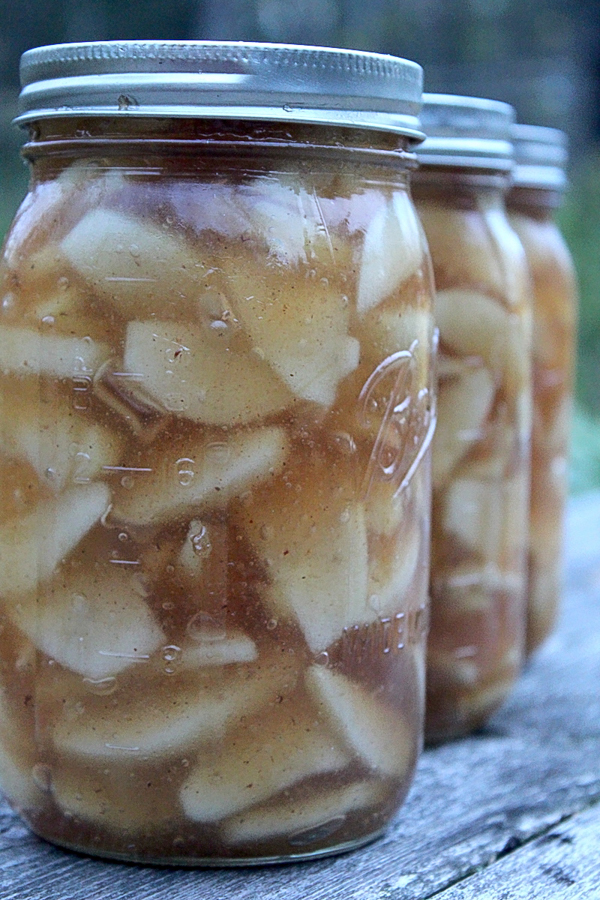
Apricots
Growing up in California, I remember being buried in fruit when the apricot harvest came ripe all at once. Apricot jam is delicious, but you can only eat so much.
Try any of these creative apricot canning recipes to change things up a little.
- How to Can Apricots
- Canned Apricot Pie Filling
- Apricots in Honey Syrup
- Apricot Butter
- Paleo Apricot Jalapeno Jam
- Apricot Jam
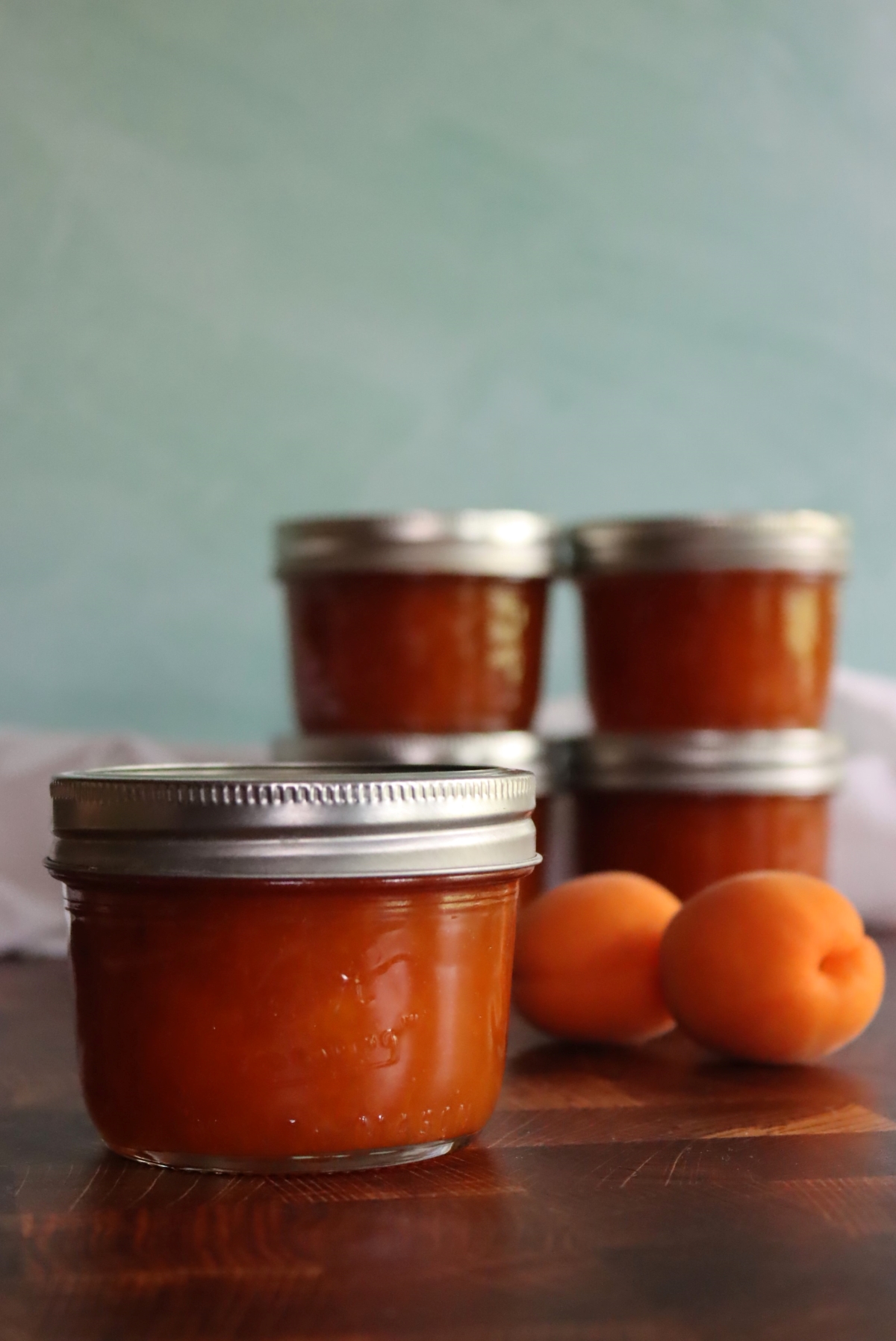
Asparagus
Almost all of the veggies on my plate as a kid came out of a can, and canned asparagus was one of my favorite treats. Now that I’ve had fresh asparagus, I’ll admit that it’s a completely different thing…but I still have a soft spot in my heart for canned asparagus.
Asparagus is a low acid vegetable, and it must be pressure canned if you’re putting it up as a simple canned vegetable. Of course, you can also make pickled asparagus, and then it’s approved for water bath canning, just like any other pickled vegetable. Here are a few asparagus canning recipes to get you started.
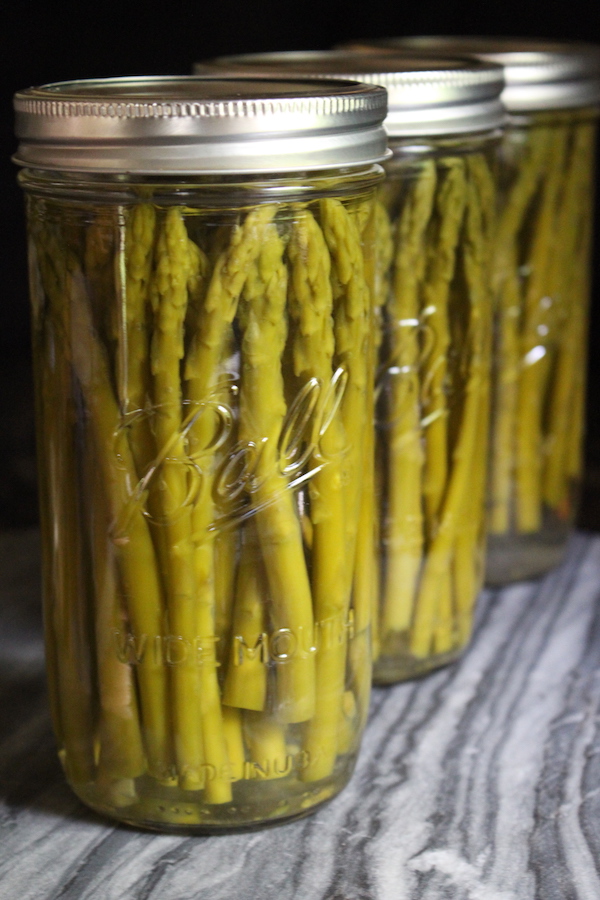
Banana
It’s important to note that bananas are not approved for canning on their own by the National Center for Food Preservation. The site Healthy Canning has a really good write-up on this, noting that:
“Bananas are a dense, low-acid fruit, with a pH ranging from 4.5 up to 5.20 depending on the variety, growing conditions, etc.
Owing to bananas being a low-acid fruit, plain banana on its own would have to be pressure-canned to make it safe from the intense heat treatment, but no testing by reputable sources has ever been done to determine how long this very dense fruit would require to kill all nasties in all cold spots of a jar. Consequently, there are no guaranteed safe ways to can banana plain.”
That said, there are a few safe tested canning recipes that include some banana, such as chutney with added vinegar.
- Banana Chutney
- Strawberry Banana Jam
- Banana and Date Chutney
- Banana and Hot Pepper Chutney
- Banana Jam
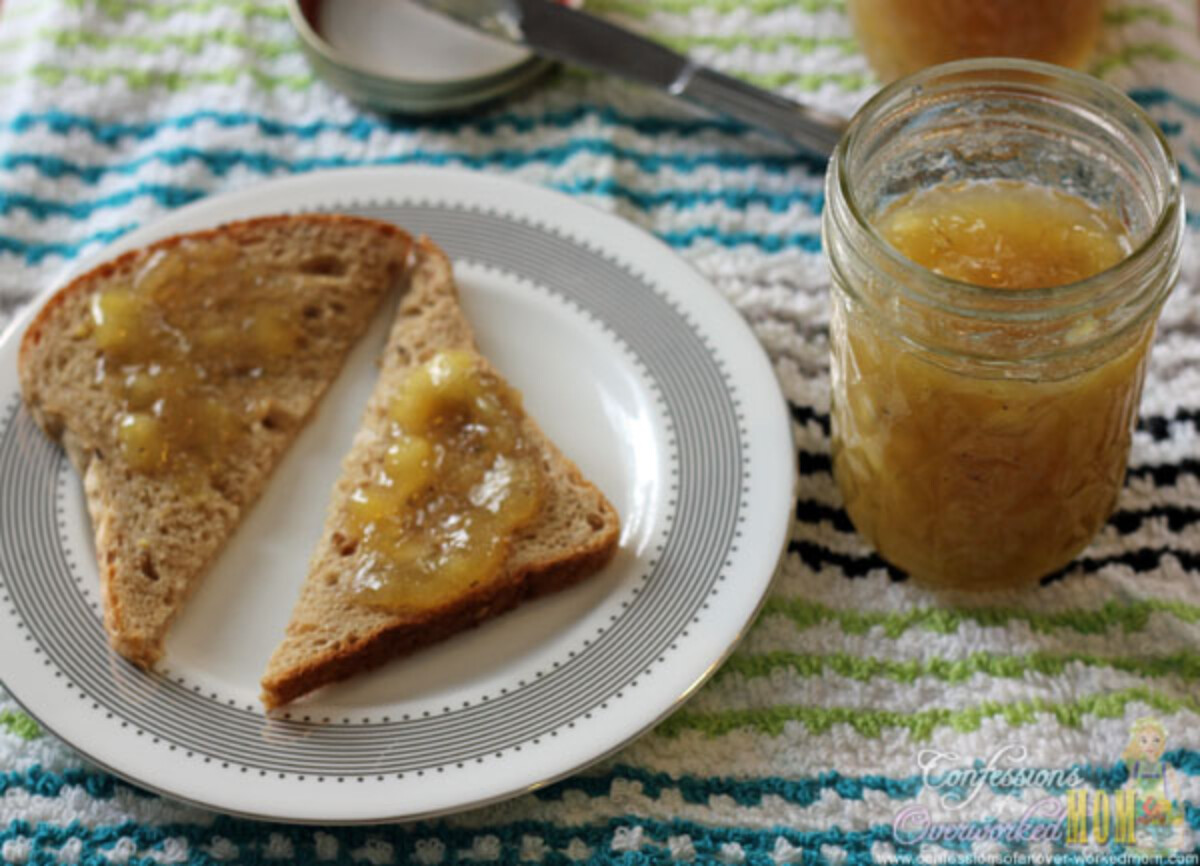
Beans, Dry
While canned green beans are a summer staple in my canning kitchen, canned dry beans take over for my winter canning. While it’s true that dry beans keep well on their own, they take 2+ hours to cook plus overnight soaking.
On busy weeknights, I rarely plan dinner that far ahead, and it’s nice to have a pre-made jar of healthy home-canned dry beans ready to go.
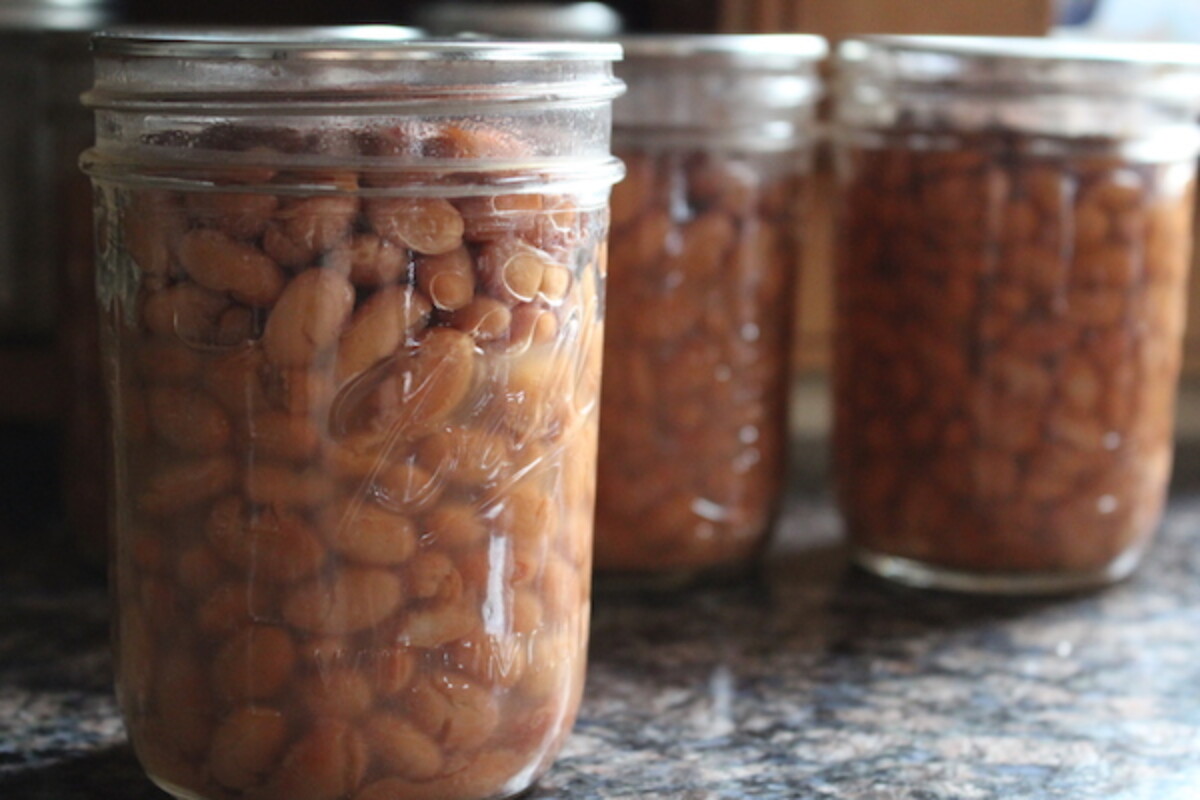
Beans, Green
Green beans are a low acid vegetable, and canning recipes for garden-fresh beans must include either pressure canning or pickling. That said, canning green beans is a great way to put up the harvest, and they maintain good flavor and store well as a home-canned vegetable.
Dilly beans are like cucumber pickles, and a popular old-fashioned treat here in Vermont. Since they’re pickled in vinegar, dilly beans can be water bath canned.

Beautyberries
A stunning purple berry native to the southern half of the United States, beautyberries don’t taste all that great fresh.
The best way to use them is a homemade beautyberry jelly, which brings out their flavor and preserves them at the same time.
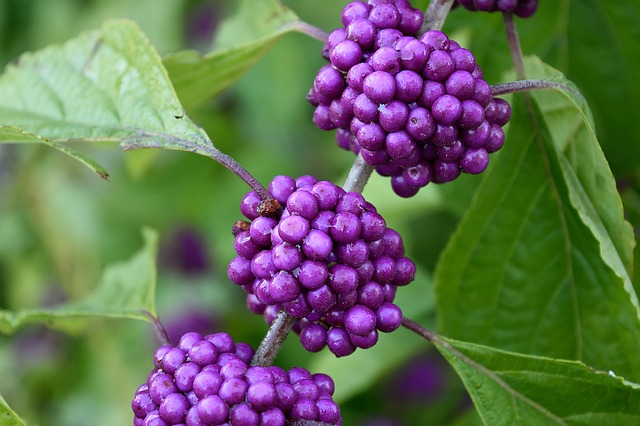
Beets
Like most vegetables, beets need to be pressure canned to be shelf-stable on their own. My favorite beet canning recipes involve pickling with warm spices such as allspice, cloves, and cinnamon.
The natural sweetness of the beets balanced by the tang of vinegar and the warmth of the spices creates a truly spectacular pickled treat.
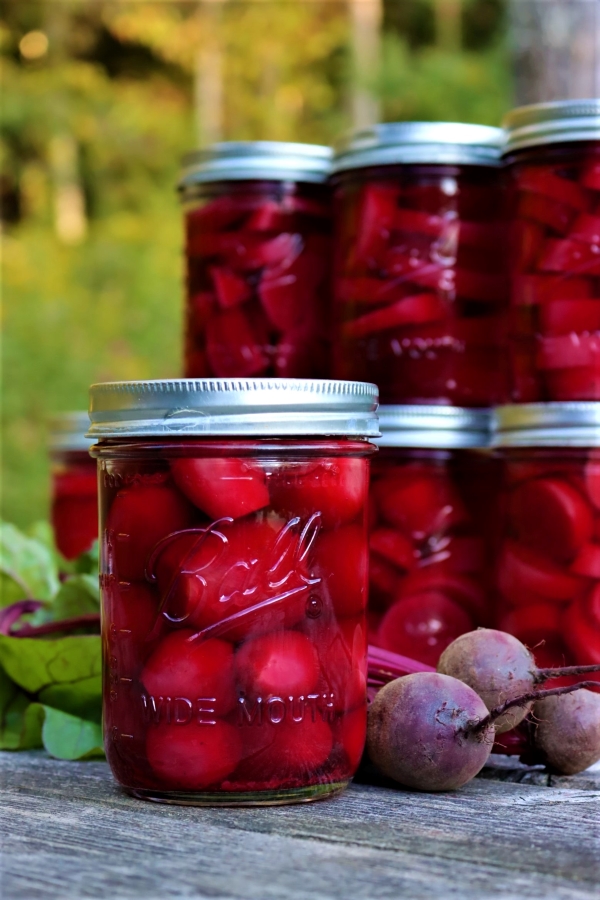
Blackberries
Yet another fruit that bears bumper crops with minimal tending, growing blackberries means buckets of fruit in for just a few short months in the summertime. Since they’re high sugar and high acid, water bath canning recipes are perfect for putting up the blackberry harvest.
(And if you’re really buried in blackberries, you can always try your hand at blackberry wine…)
- Canning Whole Blackberries
- Old Fashioned Blackberry Jam (No Added Pectin)
- Blackberry Jelly (No Added Pectin)
- Honey and Rosemary Blackberry Jam
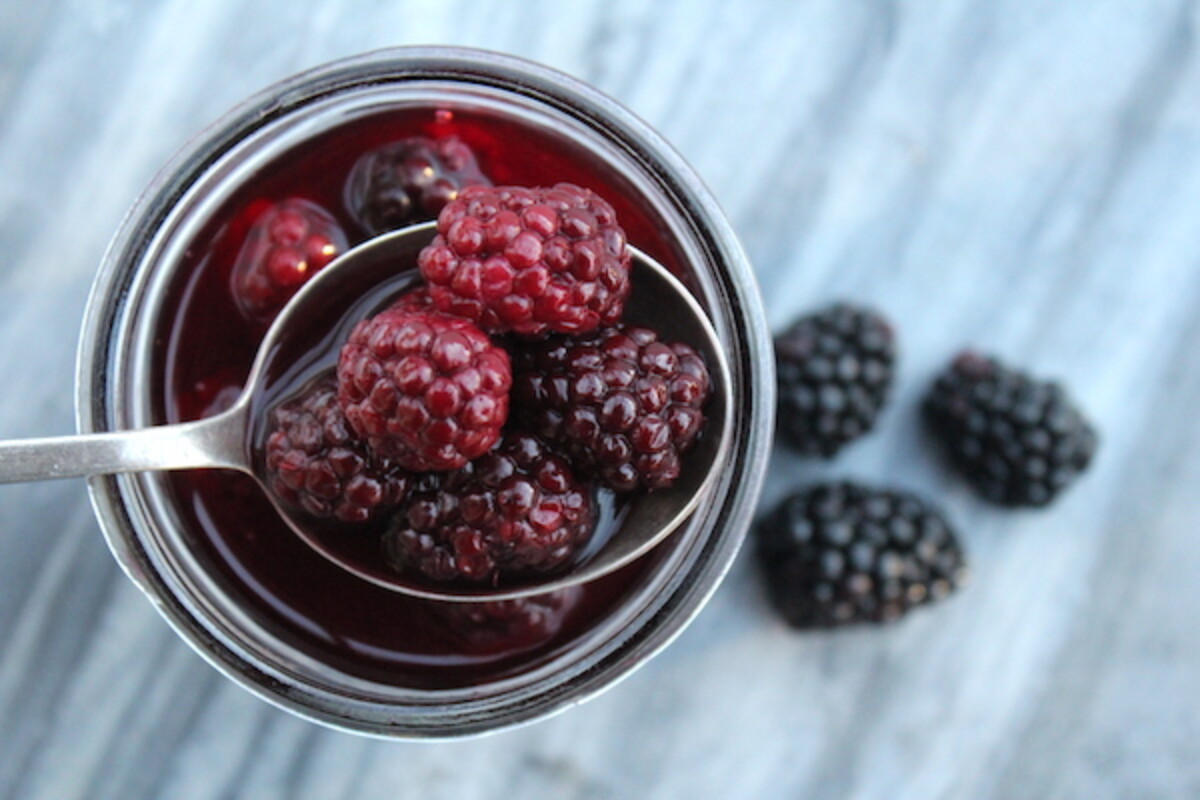
Blackcurrant
Blackcurrants can be canned whole or my favorite way, in a warm, spicy jam. They naturally contain enough pectin without needing any added but will need a great deal of sweetness to balance the astringency.
Red currants are closely related, but really a totally different fruit flavor-wise. (I’ll cover those separately, as they taste very different.)
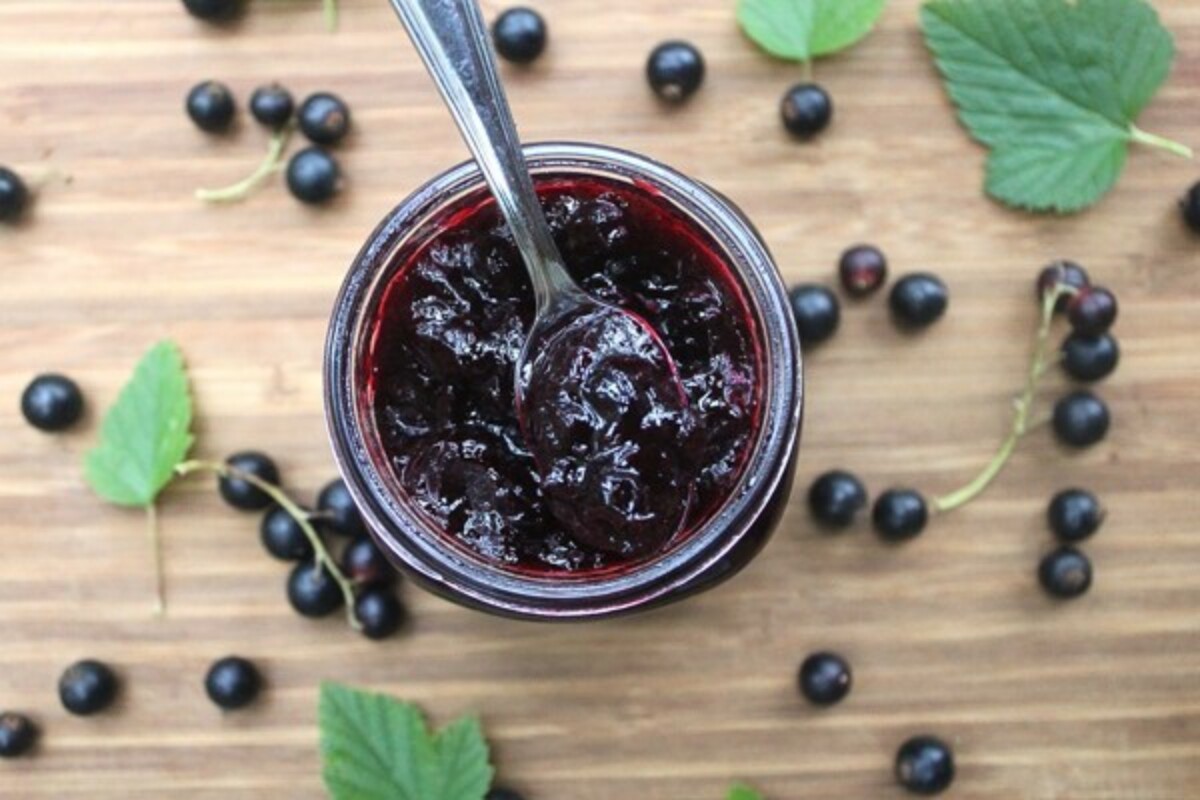
Blueberries
Blueberries make a spectacular homemade jam, but they’re also wonderful in a whole range of preserves, from whole canned blueberries to tangy pickled blueberries.
Their flavor pairs well with lavender, vanilla, and even spicy herbs like basil, so don’t feel limited to just plain old blueberry canning recipes!
- Canning Whole Blueberries
- Blueberry Jam
- Blueberry Jelly
- Blueberry Syrup
- Blueberry Butter
- Pickled Blueberries
- Blueberry Pie Filling
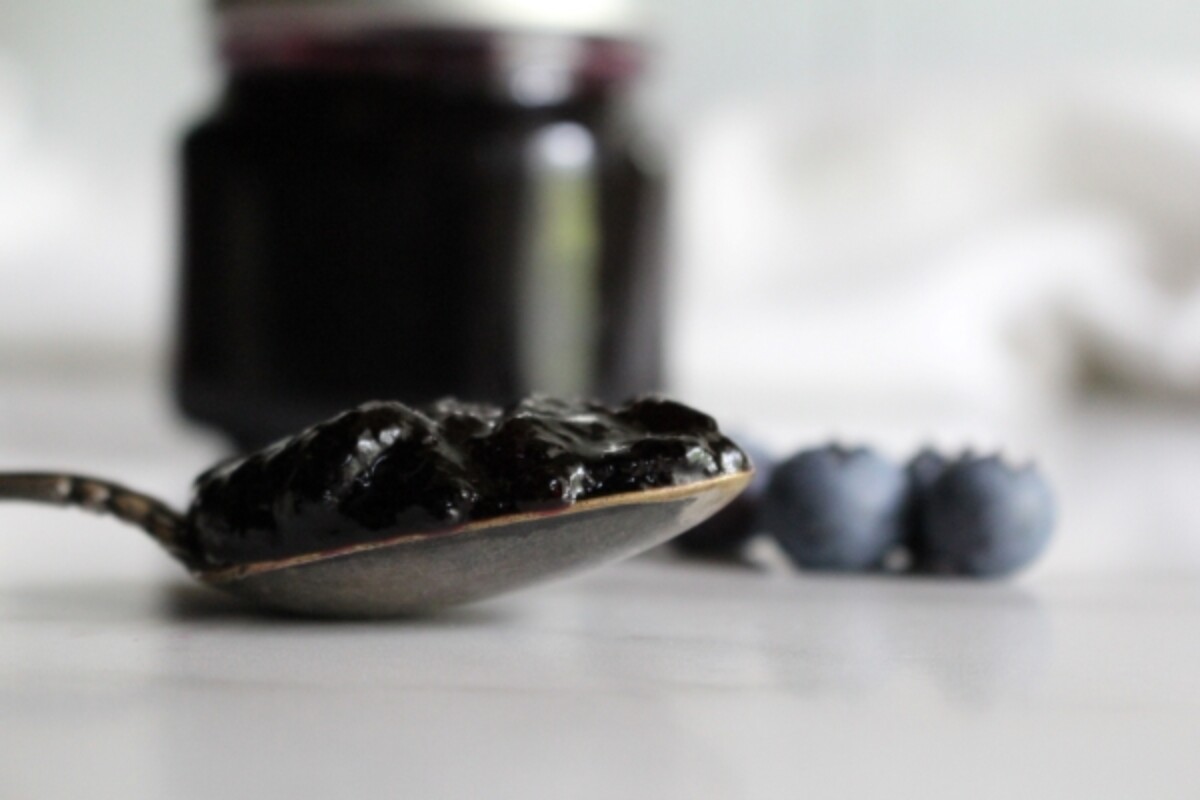
Cabbage
Cabbage is one of those veggies that store best in a root cellar. Homemade sauerkraut will keep well all on its own, provided you have a cool dark place to store it. Historically, sauerkraut was made in large stoneware crocks that were stored in the basement all winter long.
In hot climates though, canning is a better option since cabbage (or sauerkraut) will only store if kept cool.
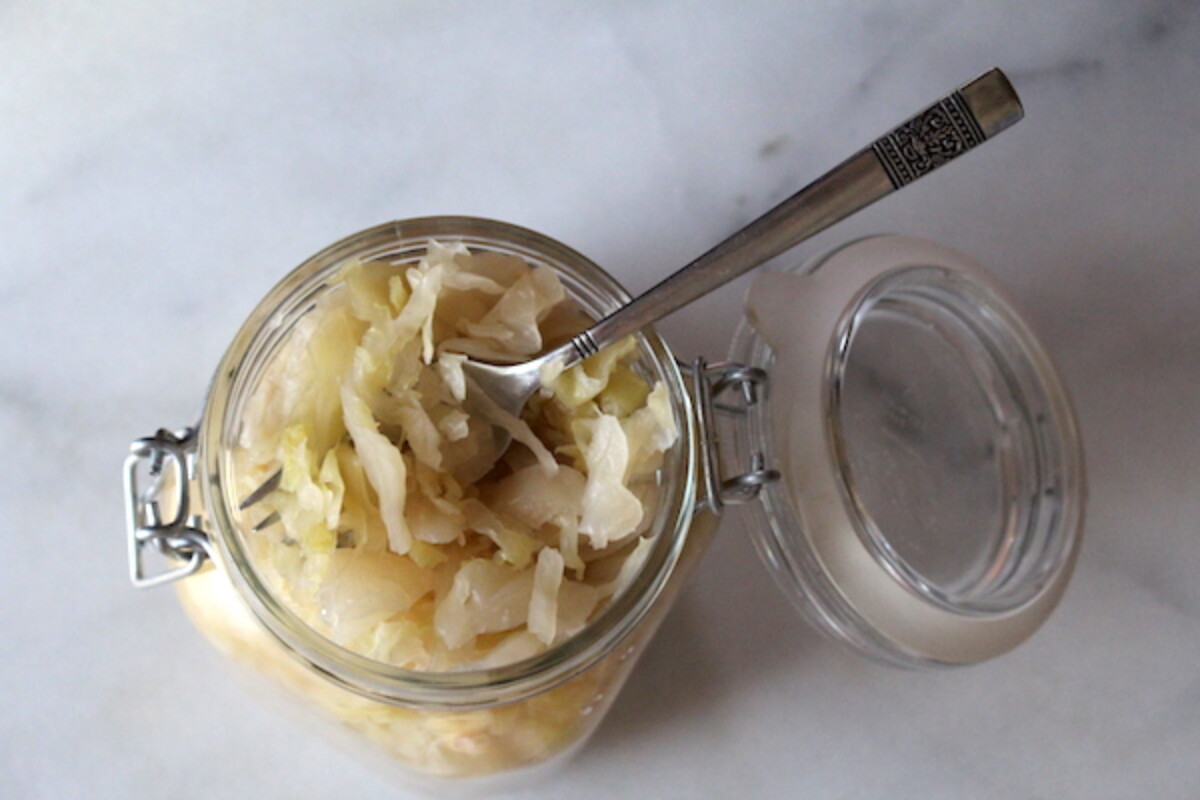
Cantaloupe
Though cantaloupe may seem like any other sweet acidic fruit, perfect for canning, it’s actually classed as a low acid fruit. Canning recipes for cantaloupe must include lemon juice or citric acid to raise acidity, but the lemon actually works well in most recipes to make tasty jam.
Alternatively, cantaloupe pickles are also an option, though it sounds strange it comes out pretty good…
Carrots
Carrots are a low-acid fruit, but they can be put up using a pressure canner. Since carrots are firm, they store well as a canned vegetable and they’re perfect for tossing into wintertime soups.
Other canning recipes take advantage of the sweet/crisp nature of the vegetable and play against it by adding vinegar and spices for refreshing home-canned pickled carrots.
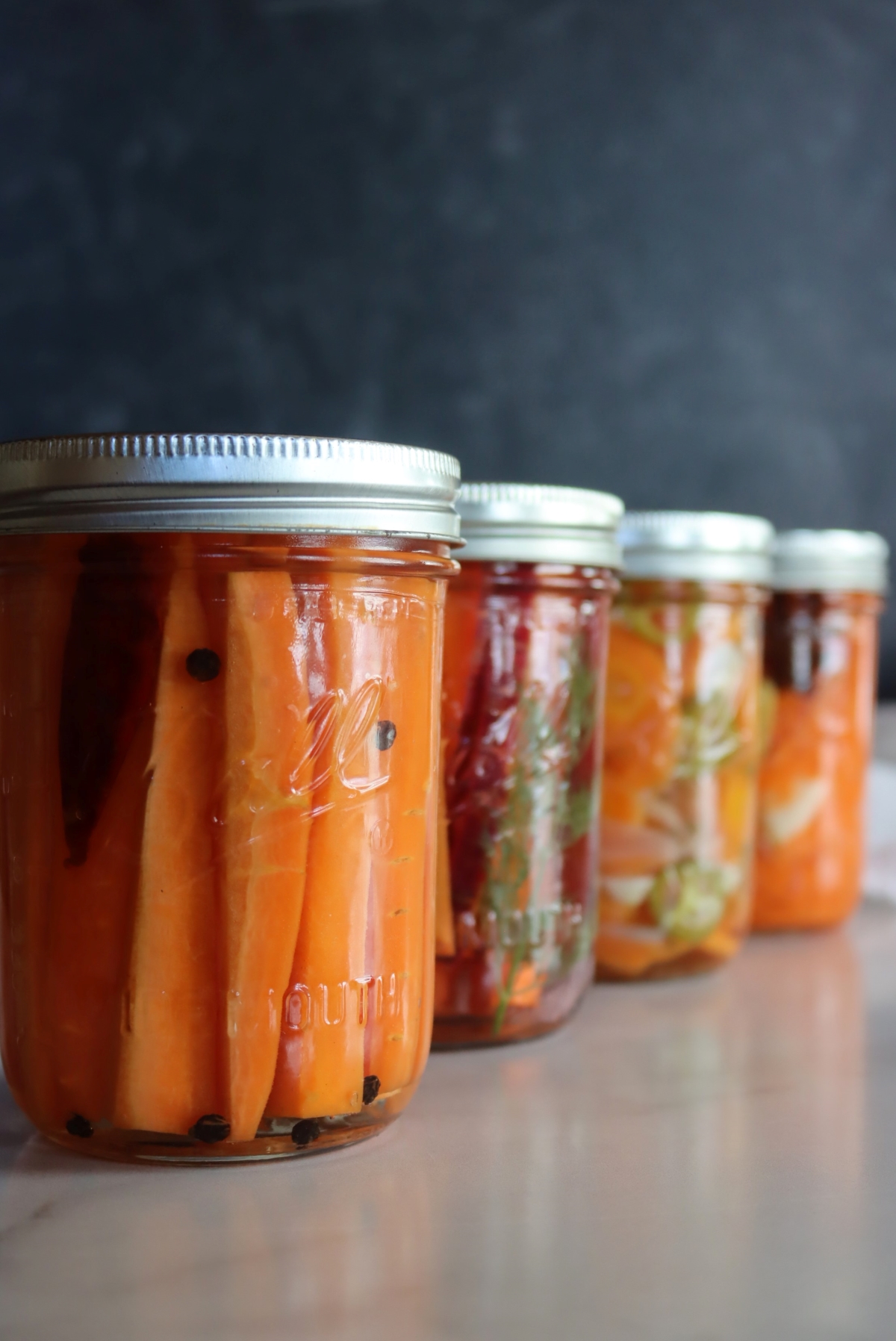
Cauliflower
Cauliflower is not approved for canning on its own because there are no safe tested pressure canner recipes. That’s because cauliflower degrades in a pressure canner, when the National Center for Food Preservation began testing methods they concluded that even if they did put out recommendations, no one would want to eat the slimy mushy product that came out after an extended session in the pressure canner.
That said, cauliflower makes excellent pickles for water bath canning recipes, and it’s a traditional addition to mixed veggie pickles that are a staple of summer backyard BBQs.
- Piccalilli (English Style Cauliflower, Onions, and Gherkins)
- Pickled Cauliflower with Red Carrots and Bell Pepper
- Pickled Curry Cauliflower
- Giardiniera (Italian Pickled Vegetables)
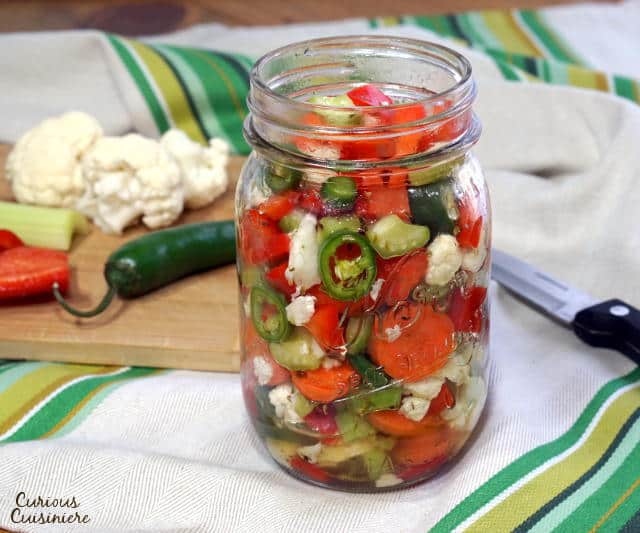
Celery
Now I’ve seen everything! Never in a million years would I have thought to pickle celery, but here it is…
Cherry
Cherry hand pies are some of my favorite and my mom’s partial to homemade cherry jam. There are plenty of pick-your-own cherry farms around these parts and we put them up every year.
“Sour cherries” have a more intense cherry flavor and make better pie fillings since you’re adding sugar anyway. Deep rich black cherries on the other hand, make a jam that tastes incredible, with dark red wine notes and a deep color that spreads beautifully on toast.
- Canning Cherries (Whole Pitted Fruit)
- Sour Cherry Jam
- Rainier Cherry Jam
- Sweet Cherry Jam
- Cherry Mulberry Jam
- Cherry Pie Filling
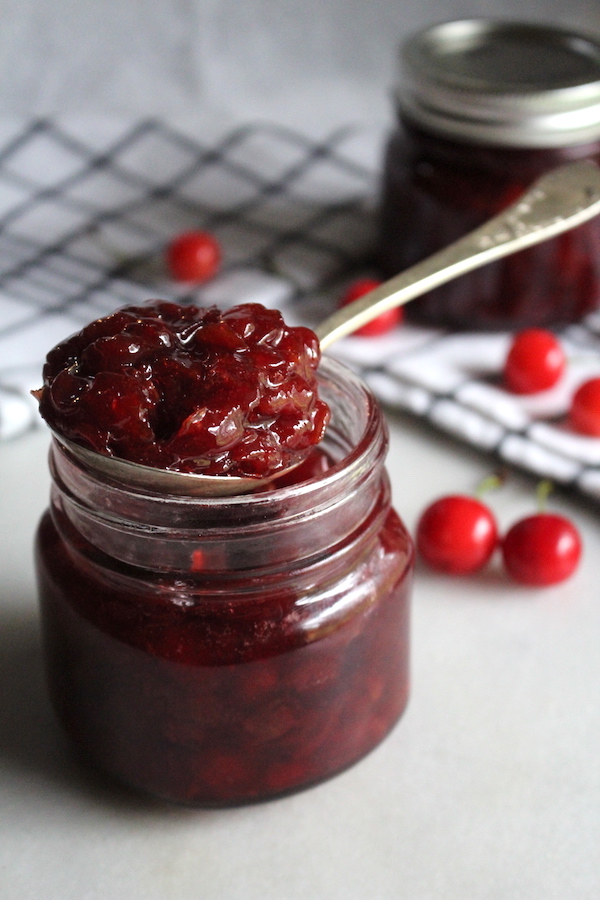
Chokecherry
Despite their name, wild chokecherries are a wonderfully sweet, flavorful fruit if picked completely ripe. They’re seldom grown but commonly foraged. Here in Vermont, they dot the roadsides and hiking trails as a special treasure that locals relish each summer.
I’d recommend making chokecherry jelly with the juice (as opposed to jam). While I have made chokecherry jam, painstakingly removing the seeds, the results were disappointing. The skins are bitter, and they spoil the jam.

Cornelian Cherry
A unique fruit in the dogwood family from Eastern Europe and the Middle East, Cornelian Cherries are one of the unique fruits we grow in our permaculture orchard. They have large seeds and a sweet/tart flavor, so they’re not ideal for fresh eating.
They are great for jam though…
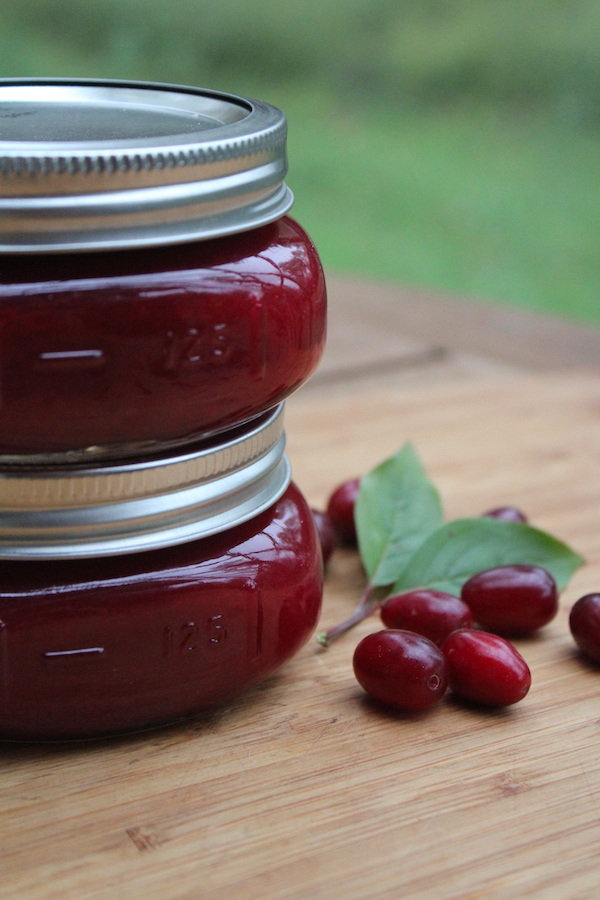
Coconut
Canning coconut is a risky business, as there are not any guidelines or recommendations from the National Center for Food Preservation. They actually explicitly note on one page that canning coconut is untested.
I did find a few recipes, but to the best of my knowledge, they have not been tested for safety.
- Pina Colada Jam (pineapple coconut)
Corn
Sweet corn is one of the real treats of summertime, and home-canned corn preserves all that bounty for winter meals. Canning recipes for corn tend to be pretty simple because corn is sweet and flavorful on its own.
Keep in mind that corn requires pressure canning unless it’s pickled.
- How to Can Corn (and Creamed Corn)
- Corn Cob Jelly
- Pickled Corn Salad
- Corn Salsa
- Corn Relish
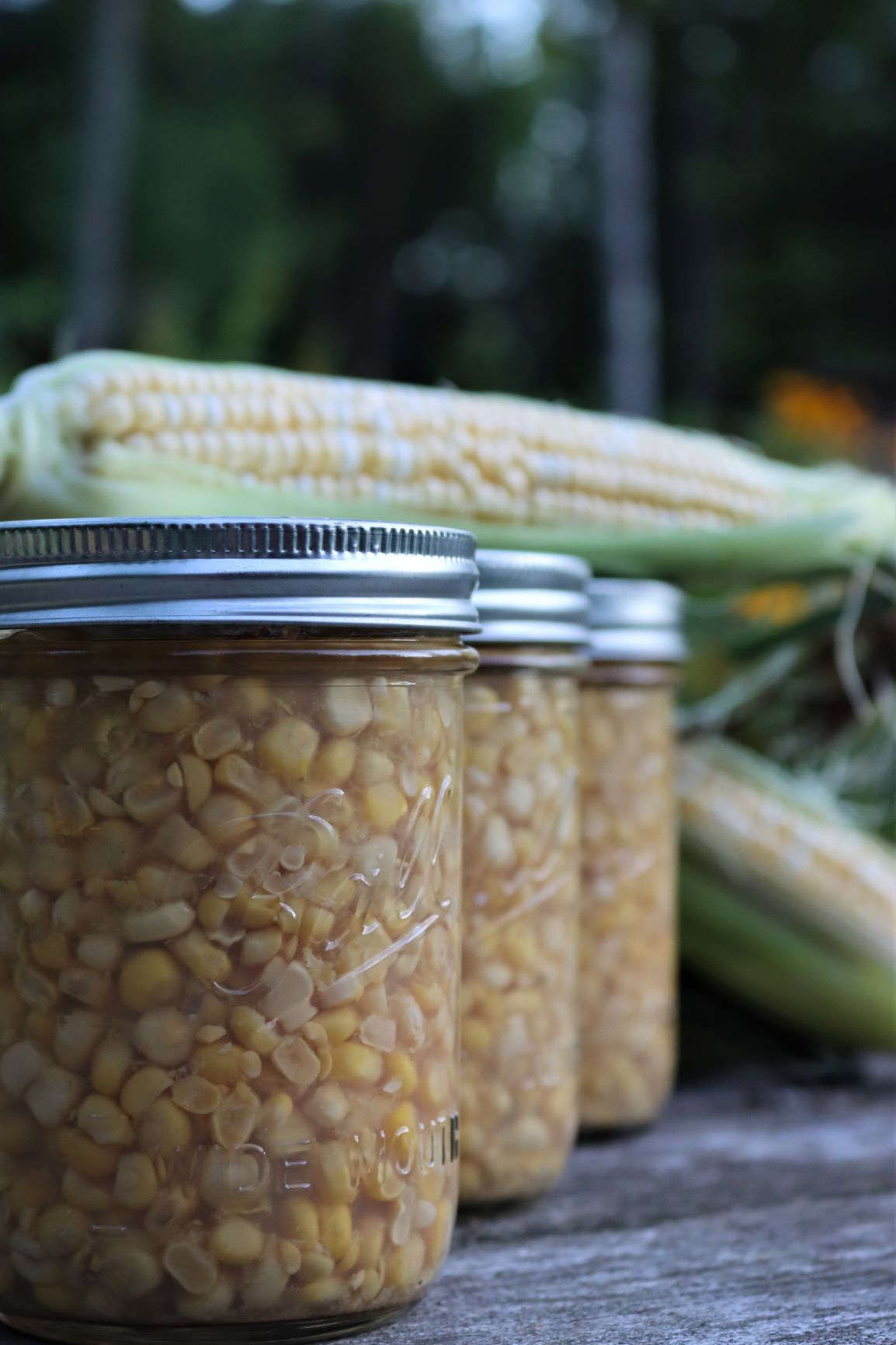
Cranberries
Cranberries are easy to can at home in a water bath canner, and once you’ve tried homemade cranberry sauce you’ll never go back to store-bought. The nice thing about making your own is you can control both the spices and the sweetness, making a more savory sauce that balances the tart berries with just a bit of sugar without going over the top with added sugar.
If you want to get really advanced, you can try growing your own cranberries right in your backyard. It’s easier than you think…
- Canning Cranberry Sauce (Jellied or Whole Berry)
- Canning Whole Cranberries
- Pickled Cranberries
- Canning Cranberry Juice
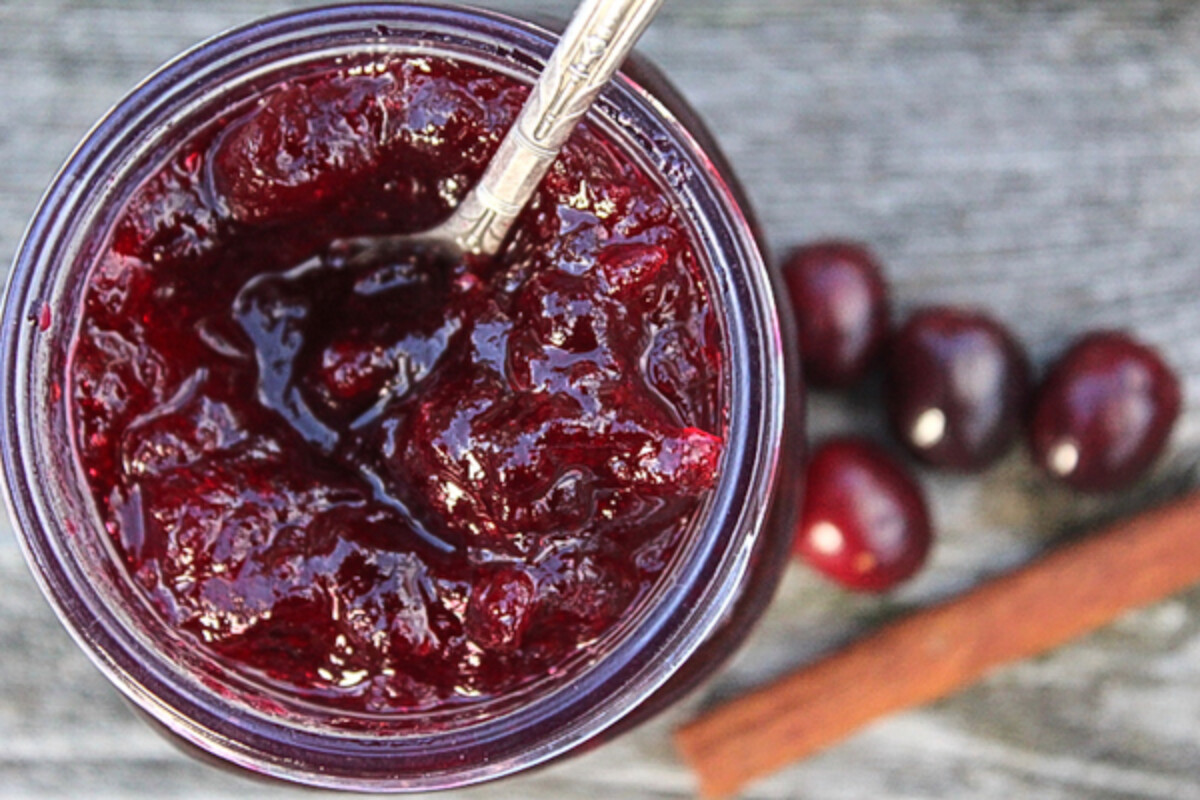
Cucumbers
While you can pickle just about anything, cucumbers are what most people think of when you ask them if they want a pickle with lunch. Salt and vinegar are pretty standard, but beyond that, cucumber pickle canning recipes can go in any direction.
We’ve made a number of really off-the-wall batches over the years, but here are a few classic pickle recipes to get you started.
- Crisp Dill Pickles
- Traditional Bread and Butter Pickles
- Sweet Pickles
- Spicy Garlic Dill Pickles
- Sweet Dill Pickle Relish
- Mini Sour Gherkins (Cornichons)
- Cucumber Mint Jam
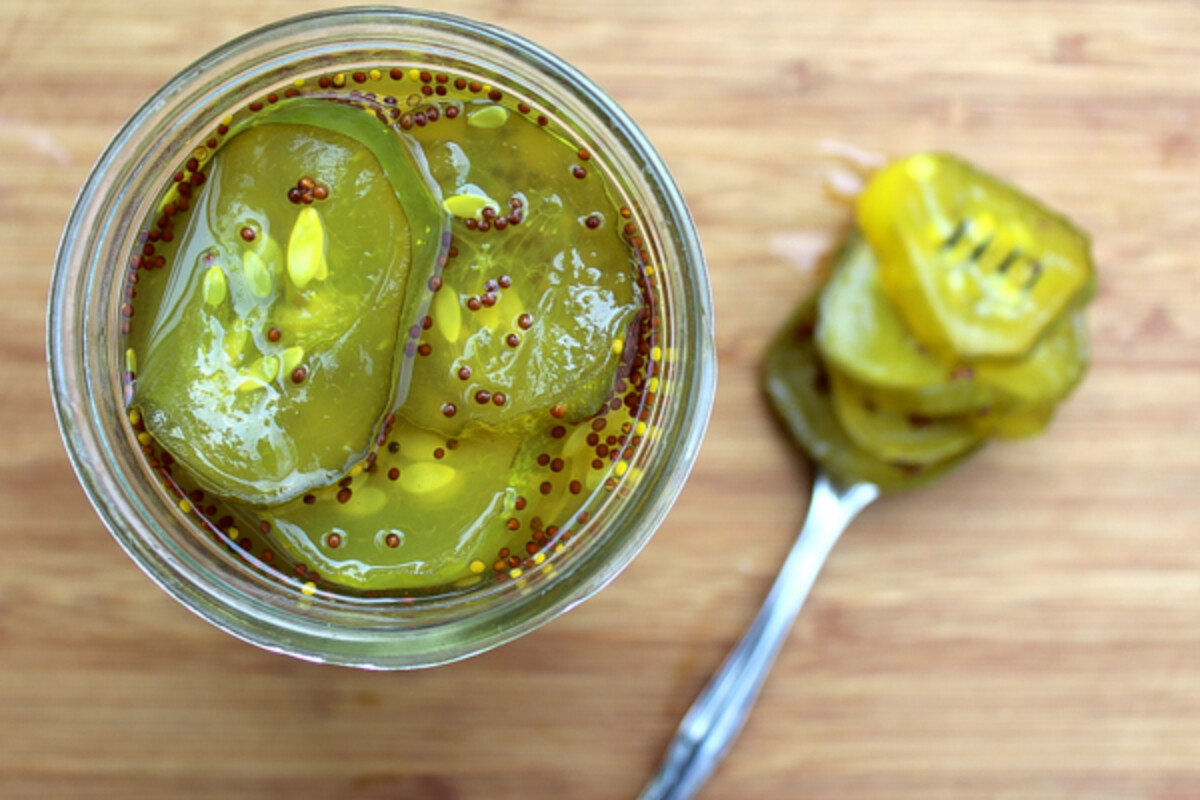
Eggplants
I’ve never canned eggplants myself, and honestly, I didn’t know you could! My friend Tessa at the Homestead Lady just sent me her canning recipe for Eggplant Gvetch, an old Russian Recipe. So happy to have an eggplant canning recipe to share now!
Elderberries
Elderberries are harvested in the fall during a rather short season and can be preserved easily for use later in the year. Stemming and juicing the elderberries is the hardest part, but with a few hours of freezing, the frozen berries will pop right off.
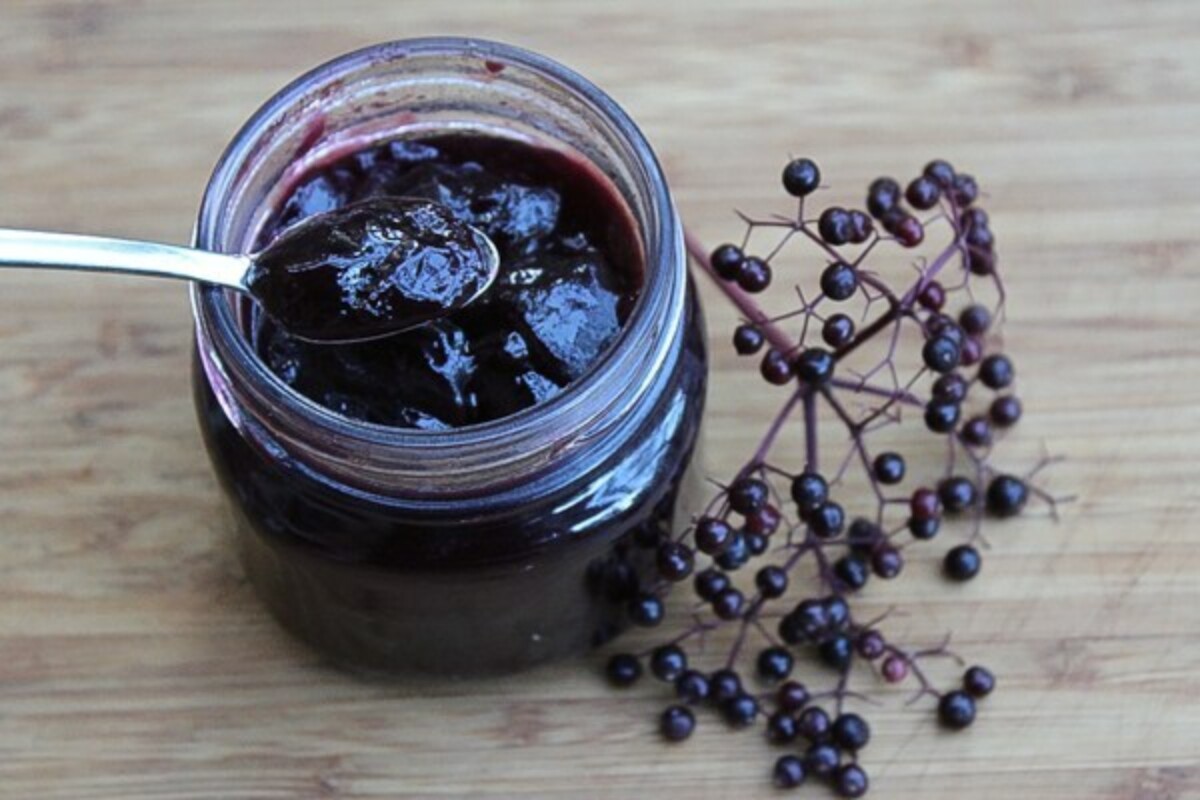
Fiddleheads
It can be hard to find them outside the northeast, but when they’re in season, fiddleheads are plentiful. Wild fiddleheads are collected by foragers in the spring months, from specific species of fern that put out small curled edible shoots.
Fiddleheads taste quite a bit like asparagus, only firmer. That makes them perfect for pickling!
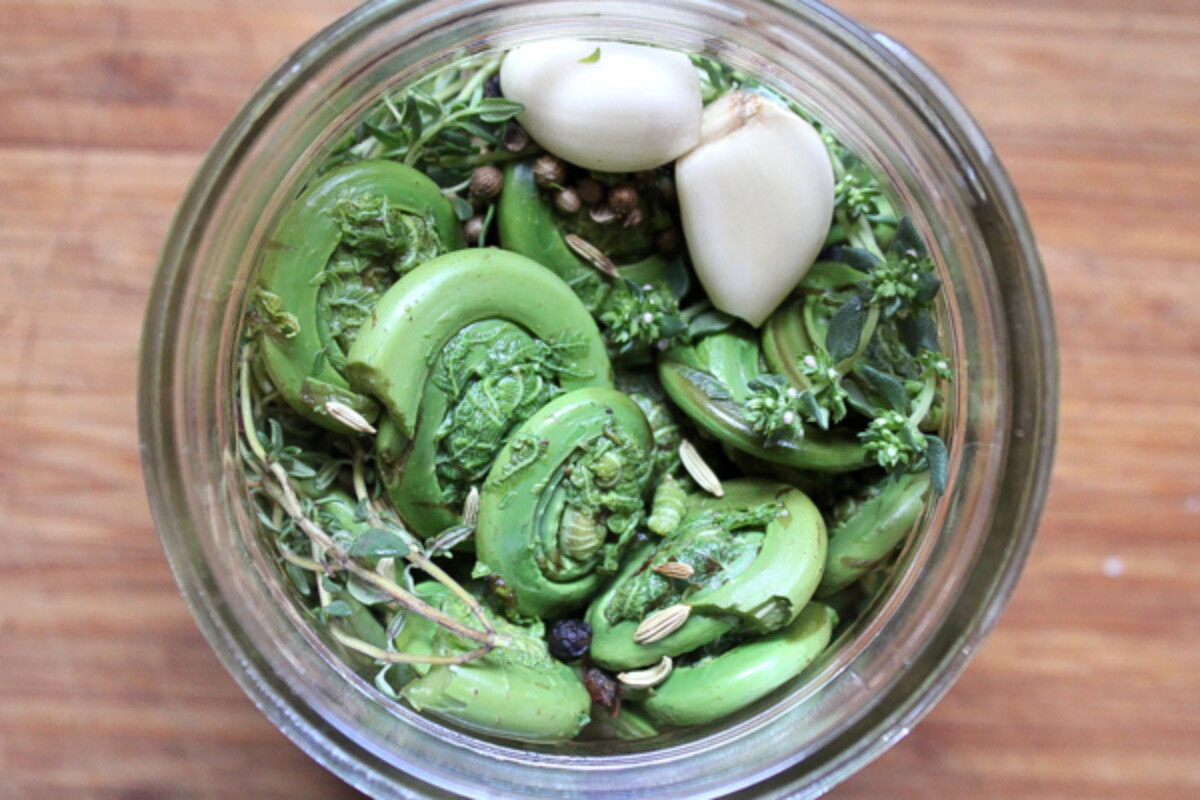
Figs
Figs are a low acid food, which means you need to be mindful when you select canning recipes. The national center for food preservation developed instructions for canning figs because they’re so popular with home canners, but they require the addition of either lemon juice or citric acid for safety.
While fig jam is the most popular choice, you can also can whole figs in syrup or make pickled figs.
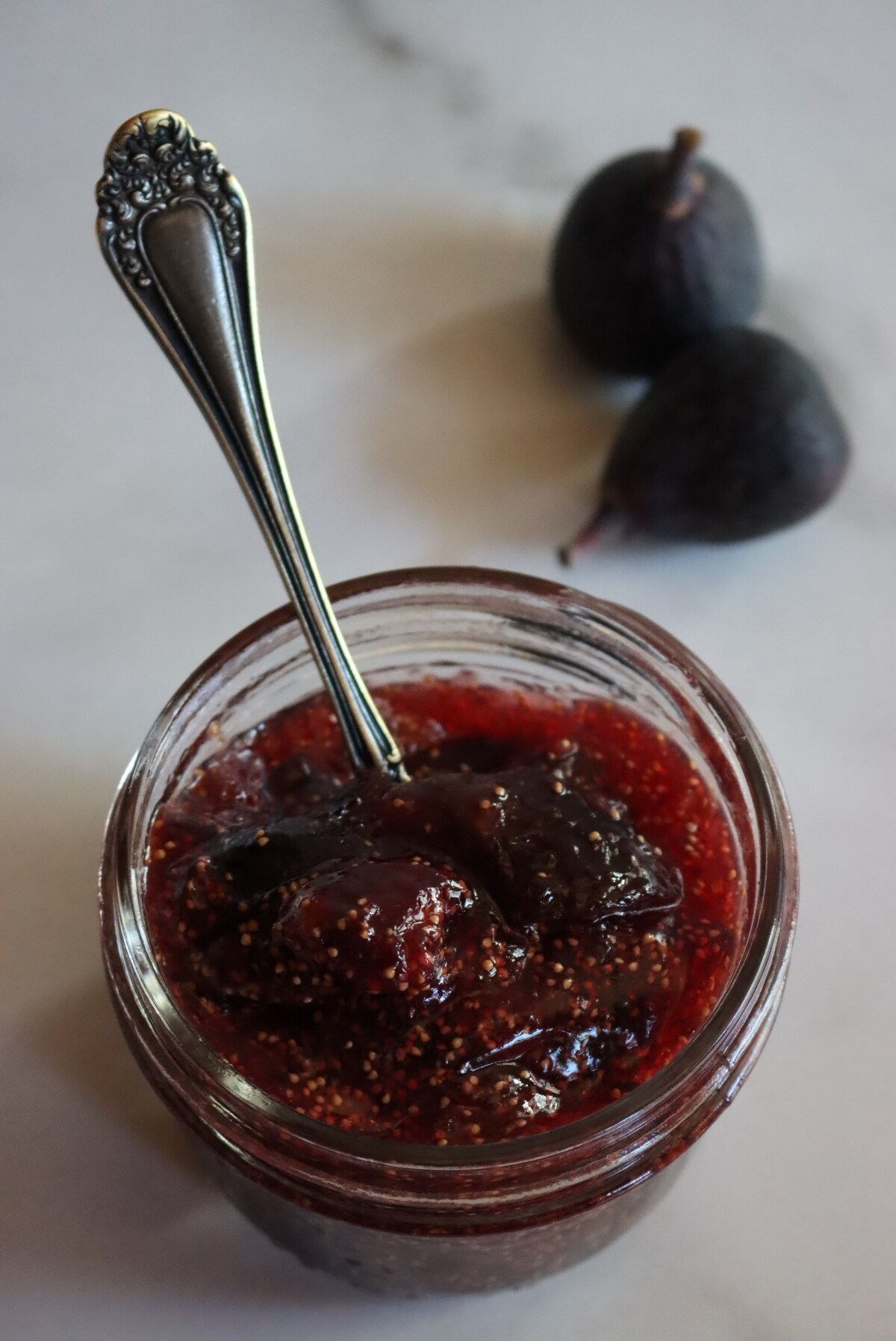
Flowers (Edible Varieties)
If flowers aren’t on your menu, they should be! Flowers make wonderful jelly, and pickled flower buds often taste just like commercially bought capers.
I’m a particular fan of dandelion jelly, which tastes like honey and sunshine, and violet jelly, which tastes surprisingly like fresh berries.
- Rose Petal Jelly
- Dandelion Jelly
- Violet Jelly
- Lilac Jelly
- Peony Jelly
- Forsythia Jelly
- Honeysuckle Jelly
- Black Locust Flower Jelly
- Dandelion Capers
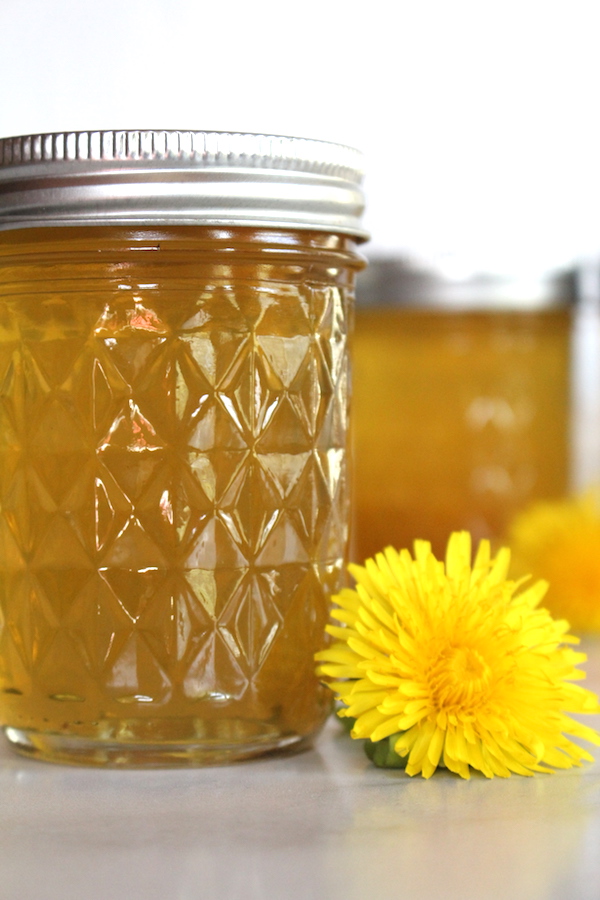
Garlic
Garlic is a vegetable and it’s low acid, which means it needs to be pickled for water bath canning. There is no approved pressure canning recipe for garlic, but I’ve had luck canning it in the same way as onions. That, however, is not a tested method.
The hard neck garlic varieties we grow up here in the north also produce scapes (flower shoots), which make lovely pickles in season.
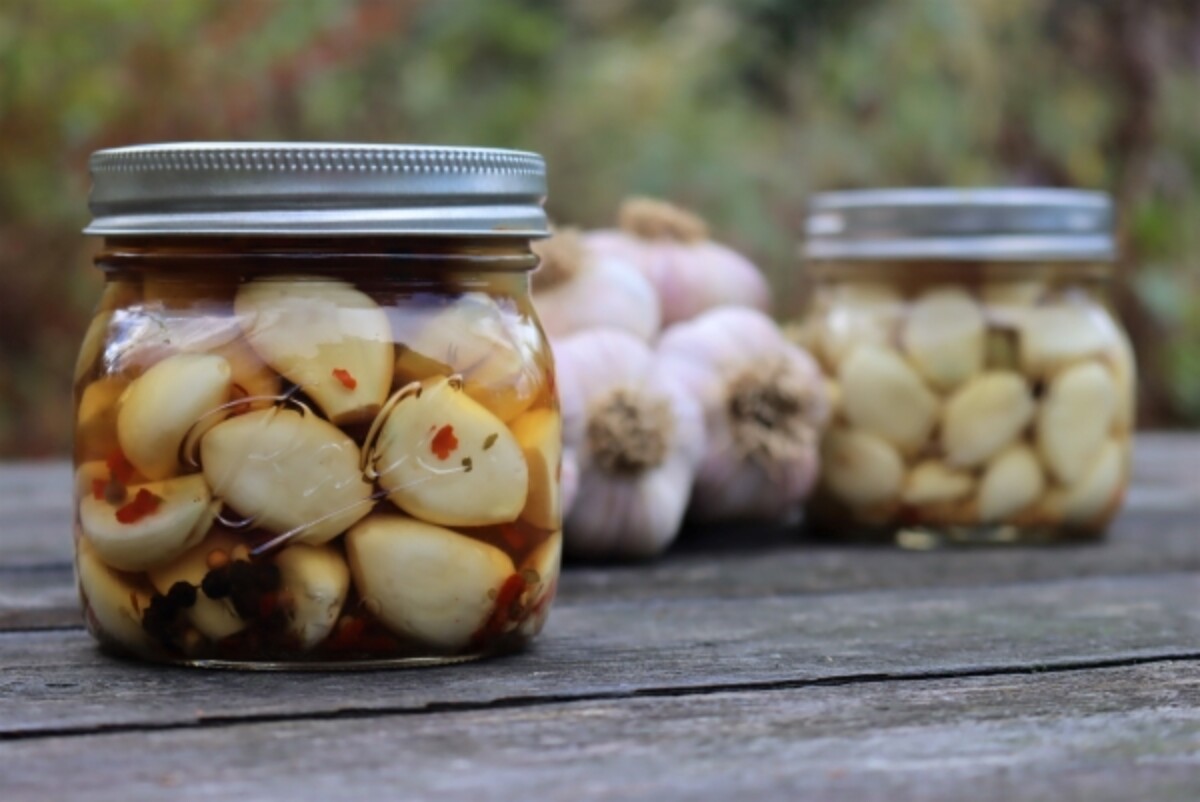
Gooseberries
Gooseberries can be red or green and are closely related to currants. With only fruit and sugar, your finished product will be rich and thick without added pectin, as gooseberries are already high in the thickener.
You can use either red or green gooseberry varieties, depending on what you have access to, but be sure they’re ripe. Some varieties ripen to green, while others will finish at a red to deep purple color.
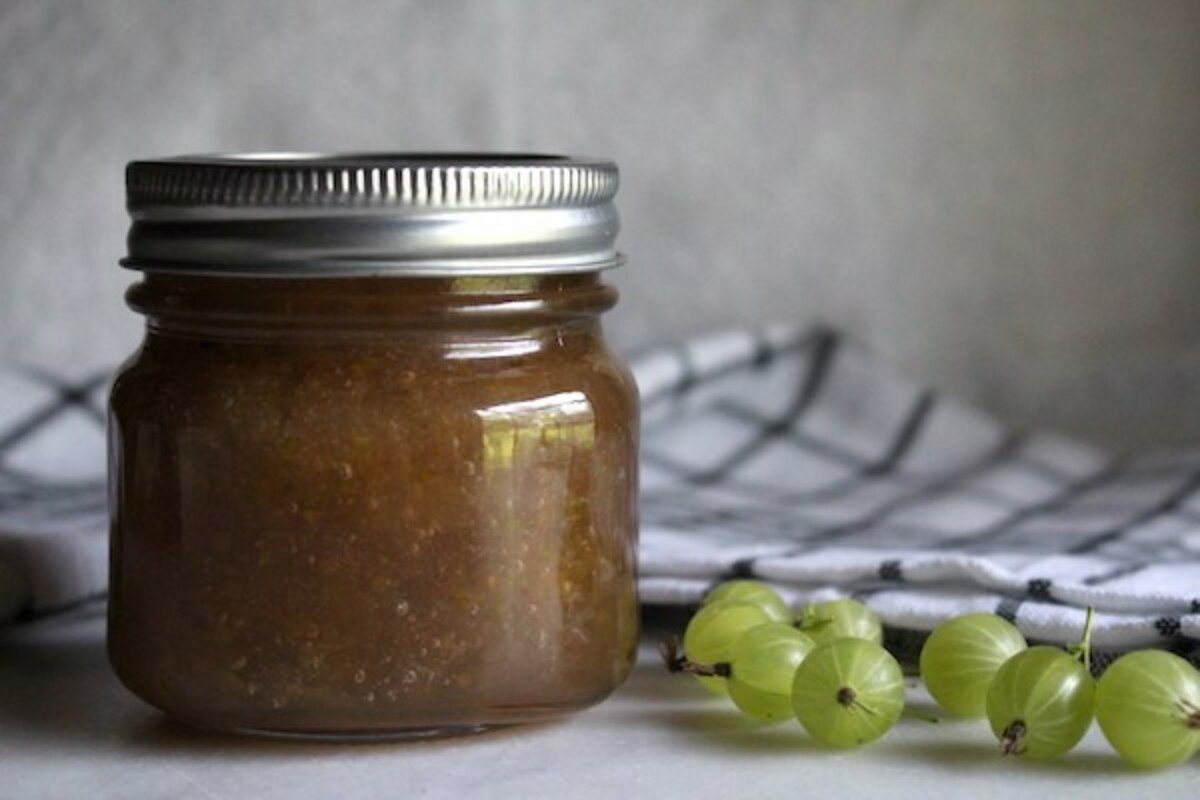
Grapes
Every kid knows about grape jelly, and finding a good canning recipe for homemade grape jelly is sure to put you on the favorite list with the wee ones in your life.
Grape juice is also perfect for canning, and it’s one of the few things approved for canning in half-gallon jars.
- Grape Jelly
- Old Fashioned Grape Jam
- Canning Whole Grapes
- Grape Juice
- Grape Pie Filling (and a grape pie recipe)
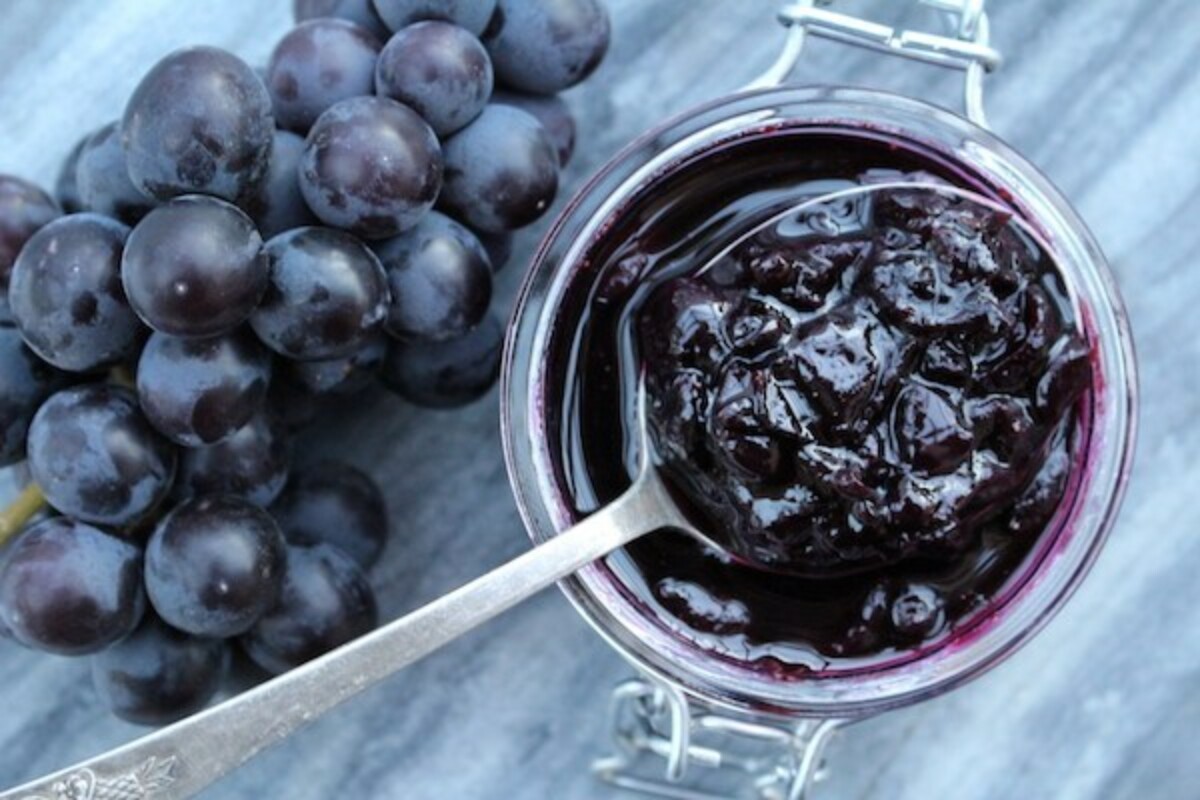
Greens
If you want fresh cooking greens in the winter months, like kale and spinach, a freezer is your best bet. Lacking a freezer, canning is a good second choice.
Know that the quality will suffer a bit, but it’s a good solution for off-grid homesteaders.
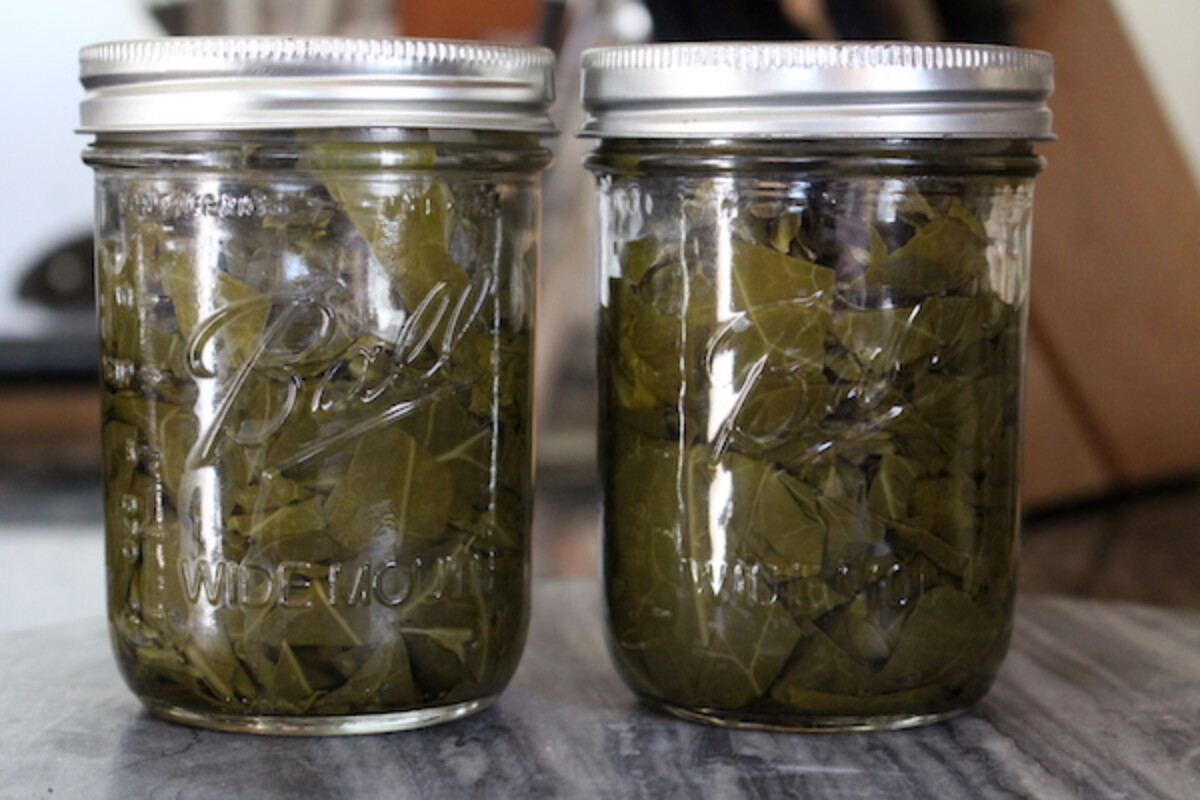
Ground Cherries
Known as husk cherries, ground cherries or cape gooseberries, these little treasures taste like a cross between pineapple and strawberry. Growing ground cherries is easy, but you can also often find them at the farmer’s market.
Once you’re done canning up a storm, there are lots of other ways to use ground cherries in the kitchen.
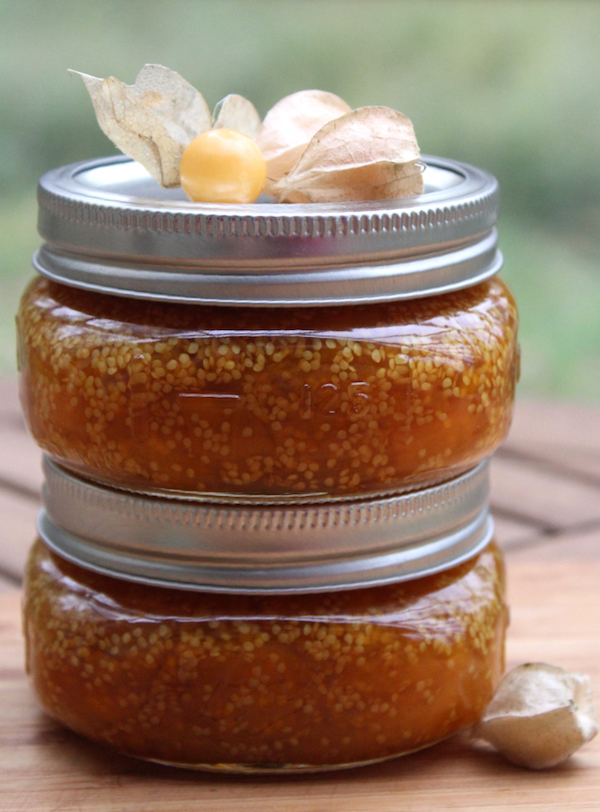
Haskap Berries
Also known as honeyberries, these fruits ripen in the early summer here in Vermont and it’s typically my first jam of the season. Haskap berries are high in pectin and a thick jam can be produced with only fruit and sugar.
(They also make an amazing honeyberry ice cream!)
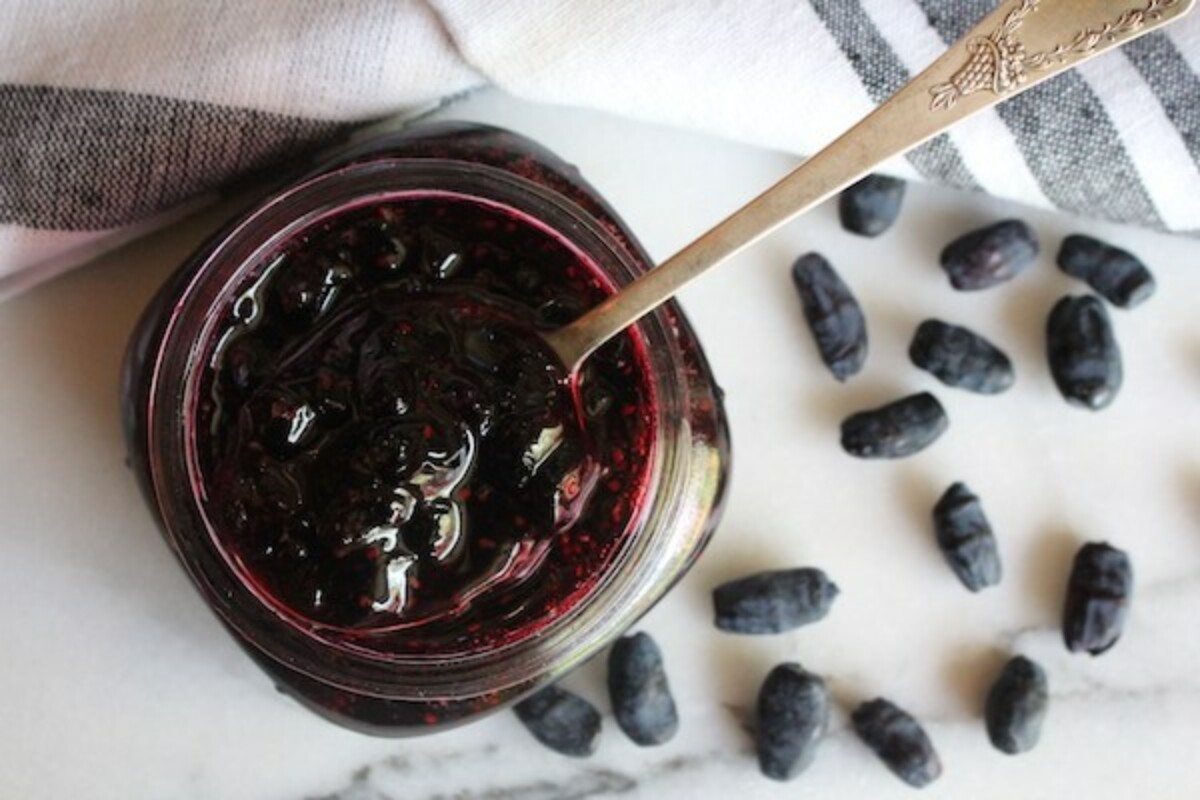
Hawthorns
The medicinal fruits from the hawthorn tree are acidic and tart, but with added sugar can make a delicious jelly.
There’s plenty of naturally occurring pectin in hawthorns, so extra is unneeded.
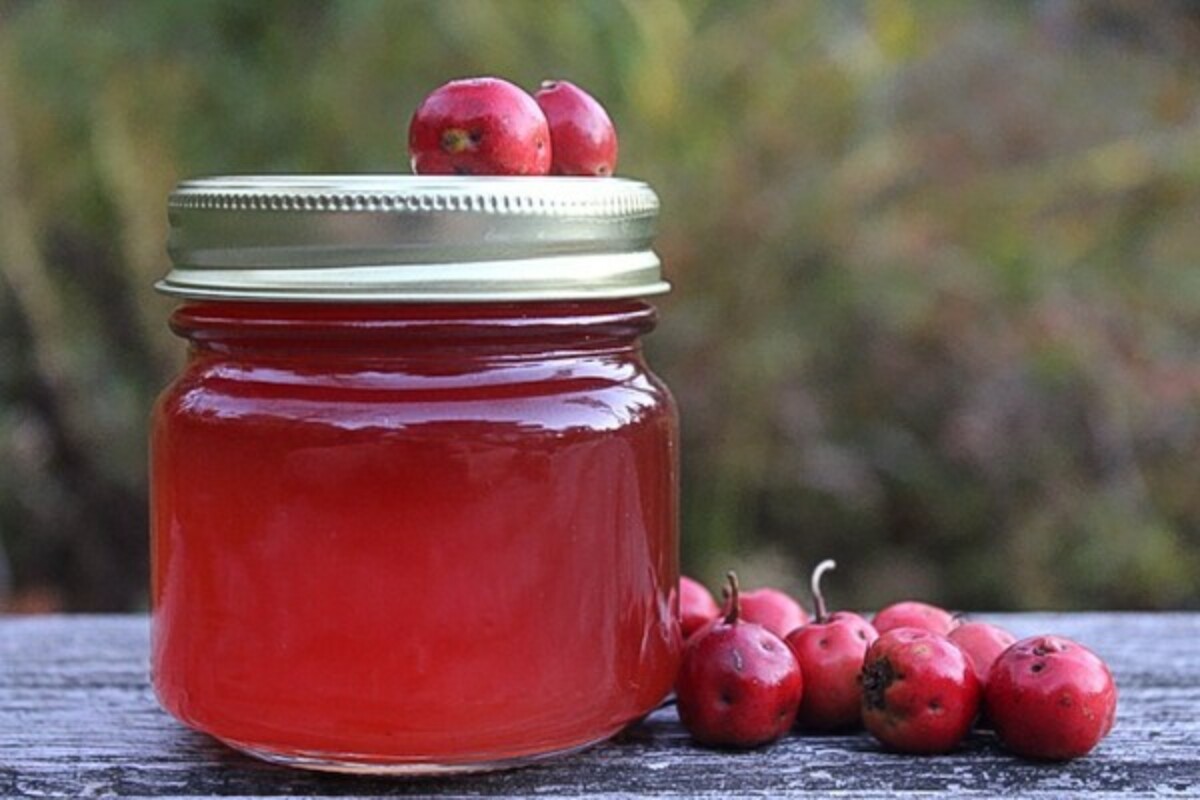
Kiwi
Not exactly the first fruit you think of when it comes to jam, but kiwis are actually great in canning recipes.
Since they’re full of natural pectin, Food 52 actually suggests using kiwis as a pectin source for jam recipes, simply adding a single kiwi to jam recipes to help them gel. They use them to thicken up strawberry jams, since strawberries are naturally low pectin fruits.
“Packed with natural pectin, it will make any jam gel. Kiwi’s flavor is subtle, slightly tart, and not at all intrusive. […] Your jam will hold together beautifully, tasting of strawberries and sunshine and nothing more.”
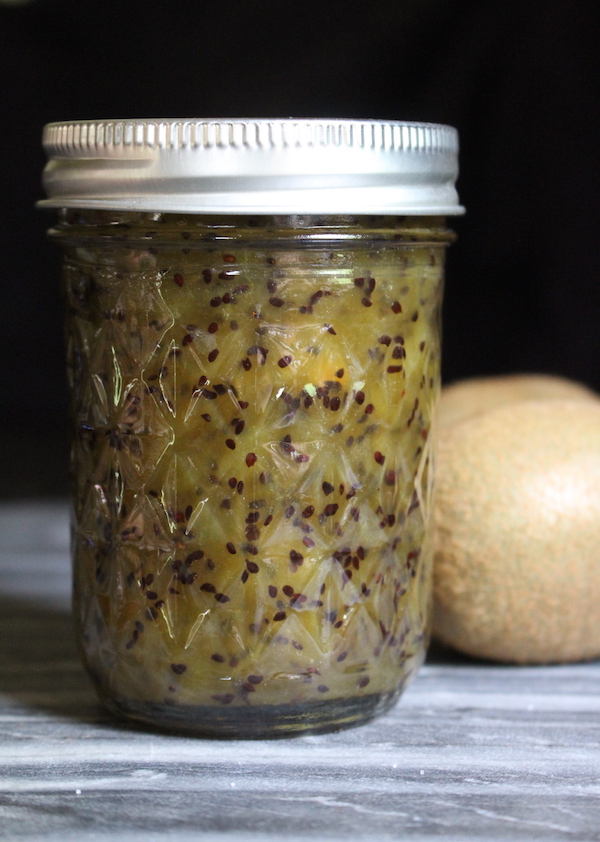
Kumquats
A bit like a miniature orange, kumquats have a tart interior flesh and a sweet peel.
Use the whole or sliced, but leave the peel on for the best flavor.
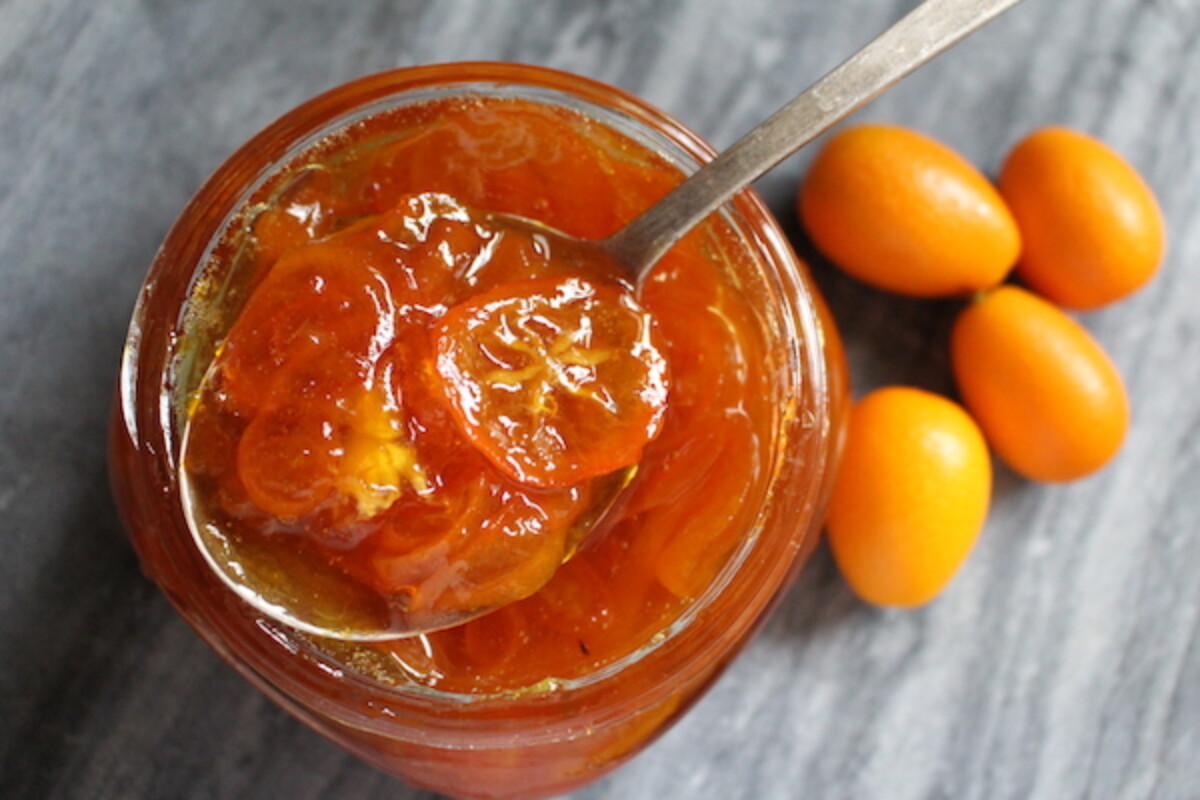
Lemons
While lemon juice is in many canning recipes, we rarely think about canning actual lemons. Candied lemon sections in syrup are delicious, and they taste like lemon drop candies.
Home-canned lemon juice is also really convenient if you have your own lemon tree in the backyard.
- Canning Lemons Three Ways ~ Juice, Jam, and Sections
- Canning Lemon Curd (Tested & Approved Canning Recipe)
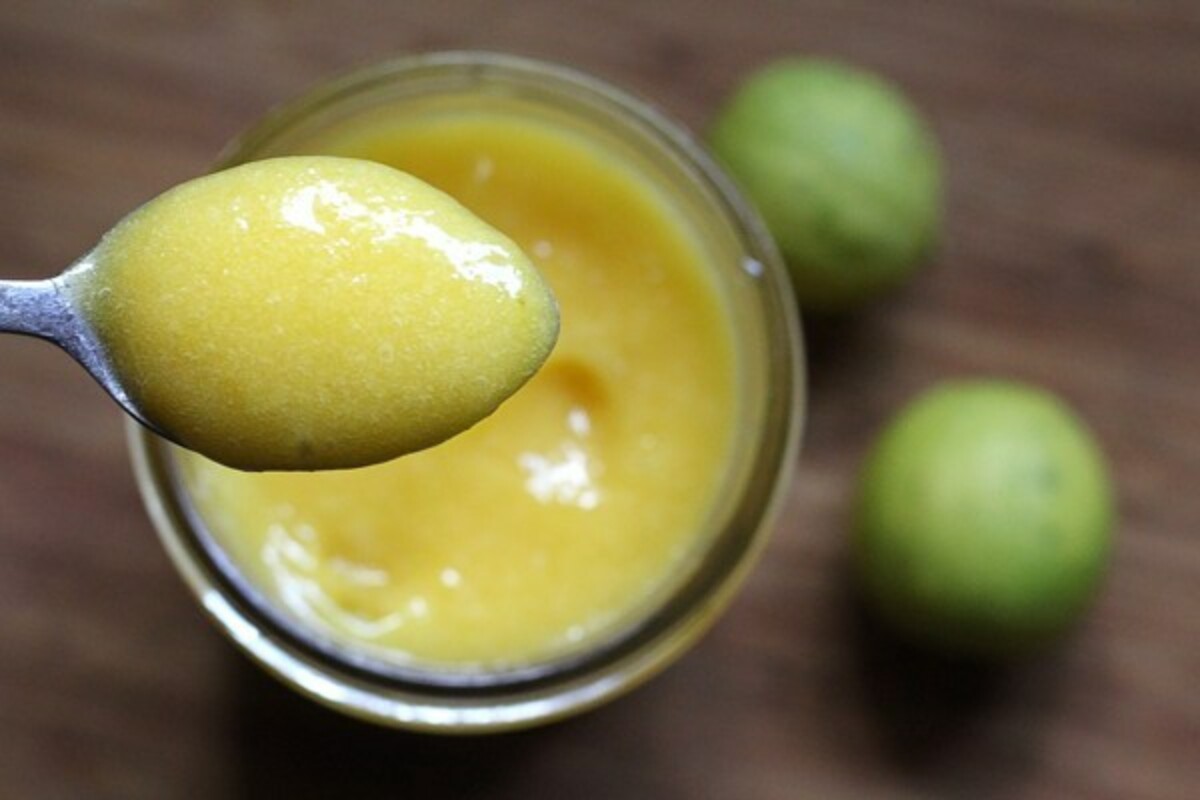
Loquats
A sweet fruit from Asian cuisine, loquats taste like a mixture of citrus, mango, and peach.
And they make a delightful fruit jelly…
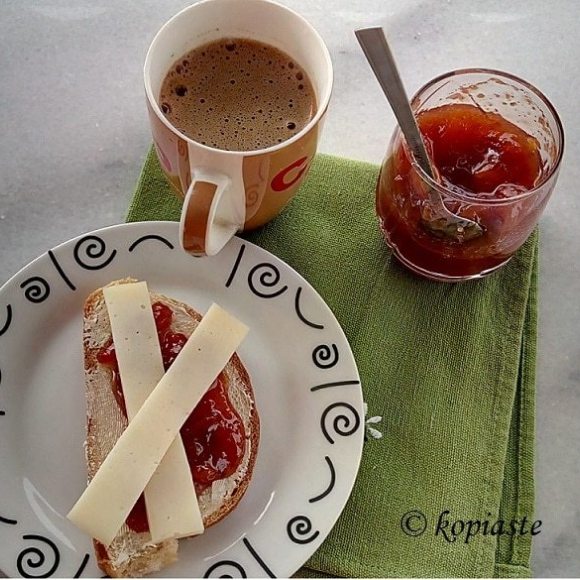
Maple
Historically, maple wasn’t stored as a “syrup” but was made into homemade maple sugar instead. It’s much easier to store granular sugar than a liquid, especially before canning equipment and inexpensive glass jars. These days though, canning maple syrup is quick and easy.
Maple syrup farmers call putting up the maple harvest “canning” but it isn’t actually canned in the traditional sense. Very hot syrup is poured into jars, no water bath is required.
If done properly, “canned” maple syrup will keep indefinitely. (The same method works with birch syrup and hickory syrup too.)

Mango
Although it doesn’t seem like it when you bite into a slice, mango is a low-acid fruit and it requires additional acid for safe canning. Mango jam is made with additional lemon juice, and chutney uses vinegar.
I’ve canned whole mango slices in syrup using plenty of added lemon juice, but this is not an approved canning recipe.
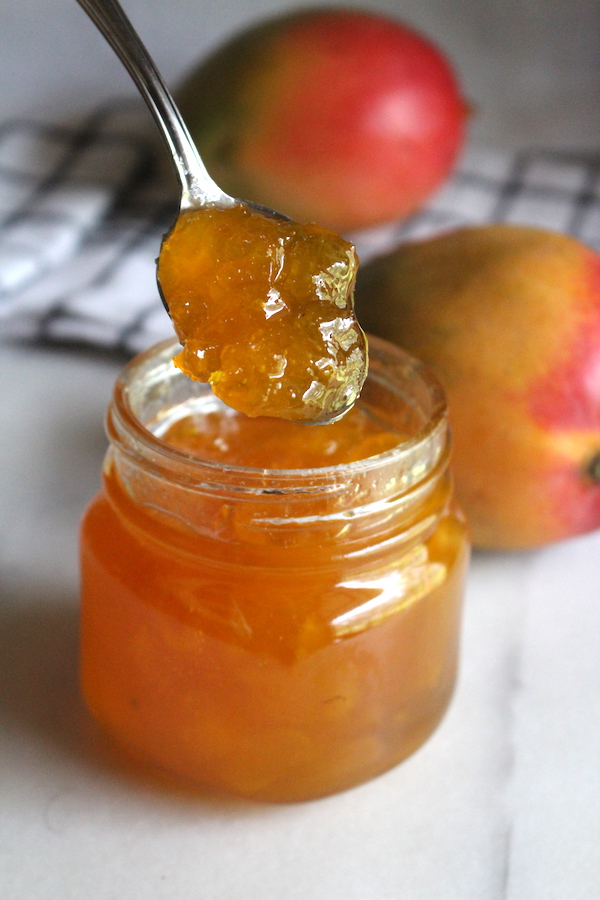
Meat & Stock
All animal products require pressure canning for safety since they’re low-acid foods. That said, once you have a pressure canner at home, the sky’s the limit and you can put up all manner of meat and stock.
- Canning Beef
- Canning Chicken
- Canning Leftover Turkey
- Sloppy Joe Filling
- Chilli Con Carne
- Beef Stew
- Canning Salmon
- Canning Bone Broth
- Canning Pork Stock
- Chicken Stock
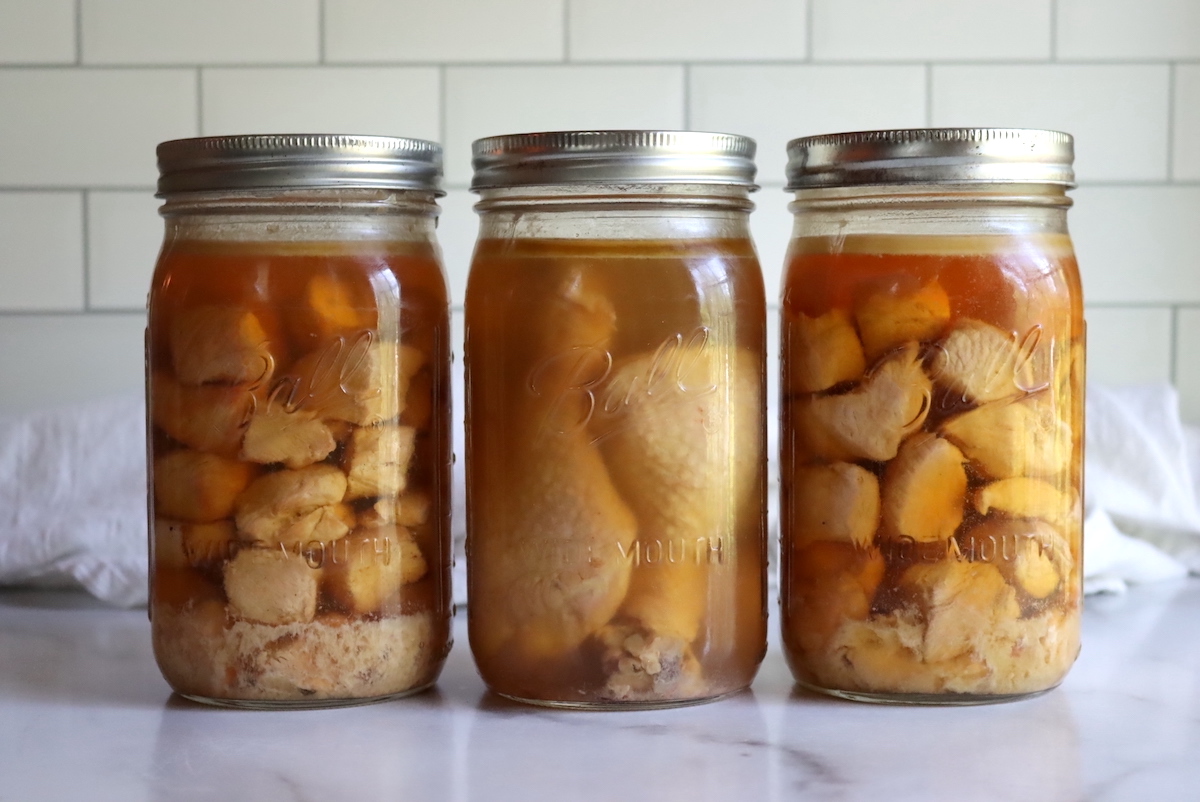
Mulberry
Like blackberries that grow on trees, mulberries can be really prolific. We plant mulberries around our chicken yard so that they clean up the drops, but there are still plenty of mulberries for canning.
Jams are the perfect way to use this abundant fruit.
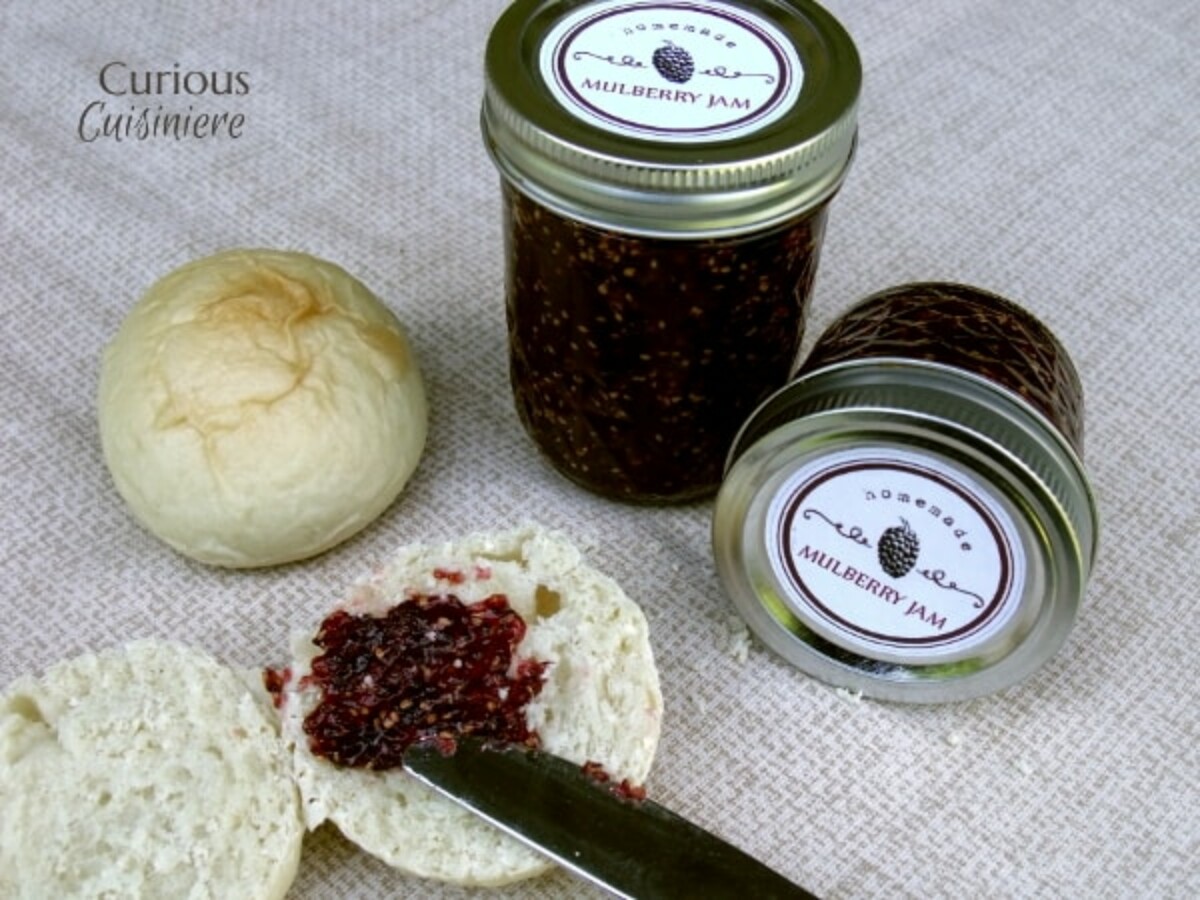
Okra
A tasty backyard vegetable from southern cooking, okra is a lovely summer vegetable. Canning okra plain doesn’t work out well, so stick with okra pickles instead.
Onion
Usually a root cellar staple, homemade onion preserves can add amazing flavor to meals. Onion canning recipes are less about preservation and more about flavor, and they’re most often pickled. That said, it is possible to pressure can onions as well, provided you follow very specific instructions.
- Caramelized Onion Jam with Balsamic
- Pickled Onions
- Canning Onions (and french onion soup)
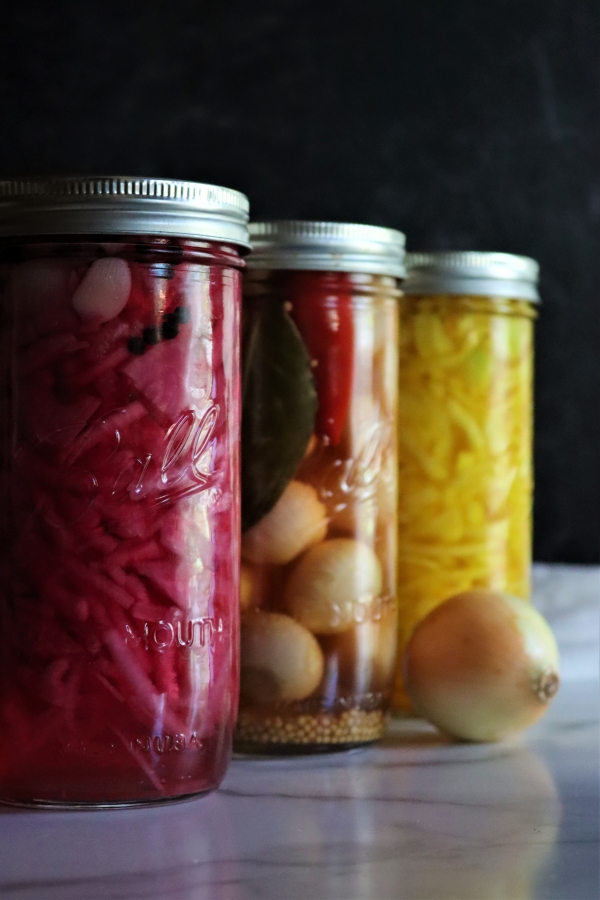
Orange
I loved those little canned mandarin orange slices as a kid, and now as an adult, I can them up myself.
Along with a couple of other tasty orange preserves too!
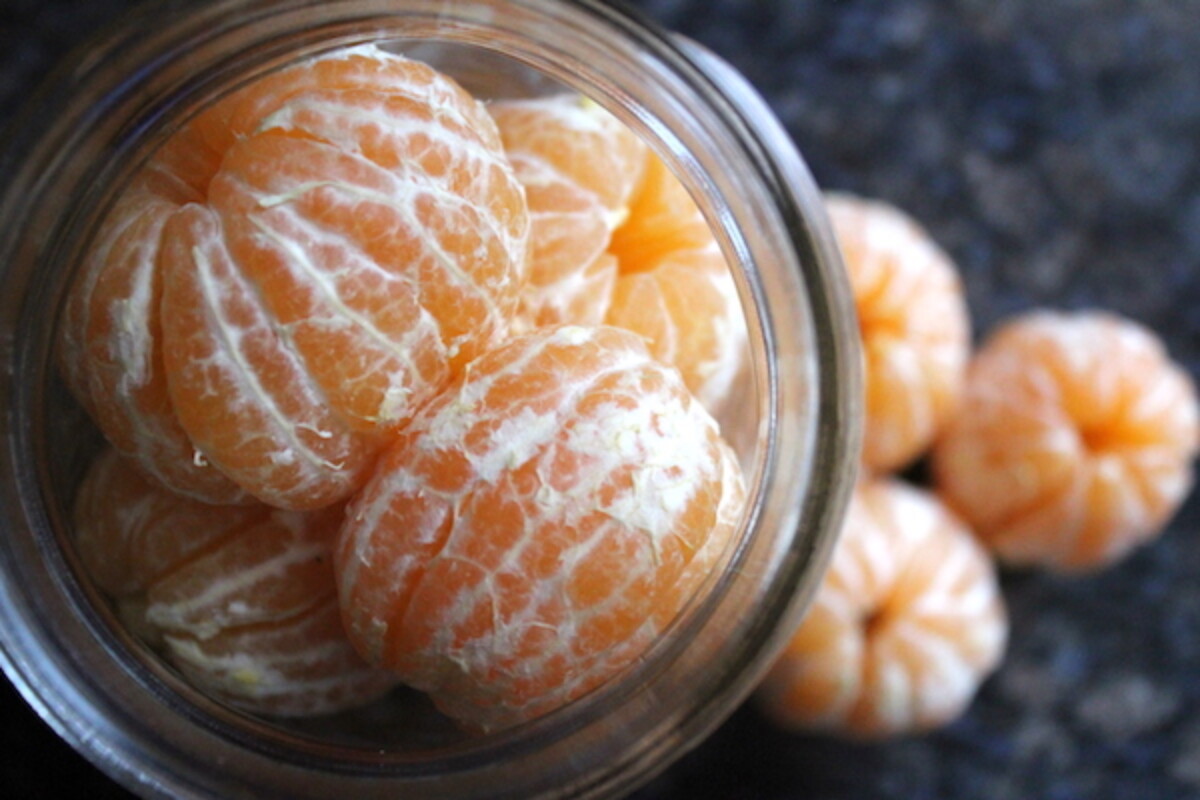
Passionfruit
My friend Kris at Attainable Sustainable tells me that passionfruit jelly is a staple on Hawaiian breakfast tables. It’s also delicious on shortbread bars and jam thumbprint cookies.
Peaches
Putting up peaches is a summer tradition in my house, and it makes for plenty of homemade peach pies in the winter months. Most instructions for canning peaches are pretty straightforward water bath canning recipes.
- Canning Peaches
- Canning Peach Pie Filling
- Peach Jam
- Low Sugar Peach Jam
- Peach Jelly
- Paleo Canned Peaches
- Chai Spiced Peaches
- Peach Salsa
- Peach Rosemary Jam
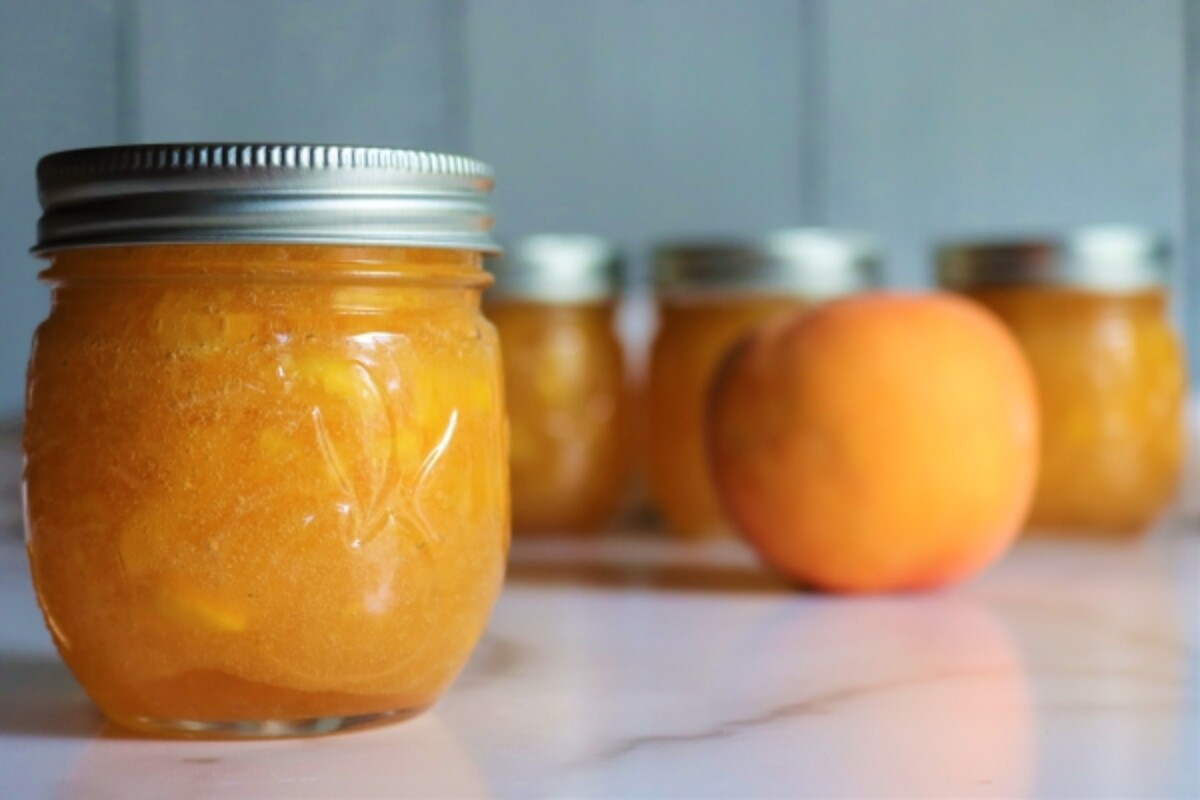
Pears
While they’re tasty in season, fresh pears don’t store well. Canning pears is the best way to ensure a year-round supply, and they work well in basic water bath canning recipes.
Keep in mind that Asian pears are less acidic than regular pears, and they need special considerations for safe water bath canning. Look for specific Asian pear canning recipes, and make sure they have some form of added acid (otherwise be skeptical).
- Canning Pears
- Maple Whisky Pear Butter
- Vanilla Spiced Pear Butter
- Spiced Pear Chutney
- Canning Asian Pears
- Pear Jam
- Pear Jelly
- Pear Butter
- Pear Sauce
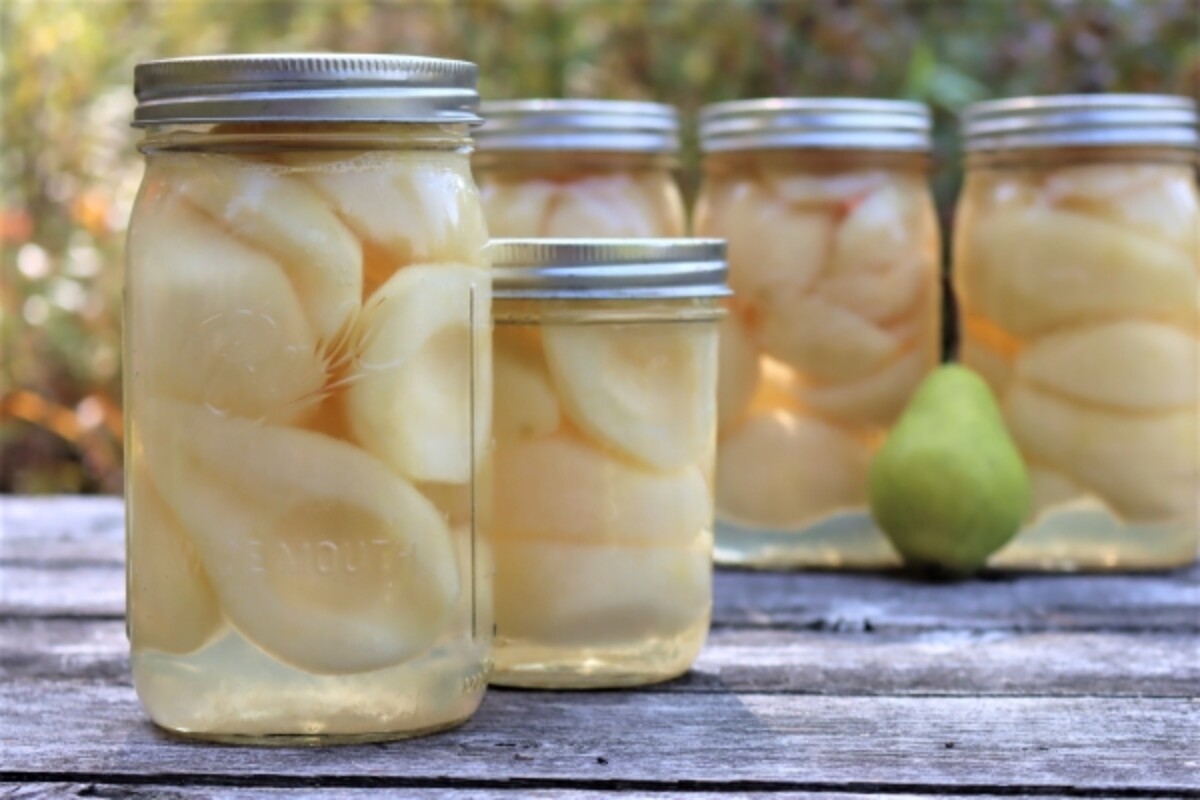
Peas
Canning peas really is a labor of love. It takes devotion to shell enough peas for a canner batch, but they really do taste a lot better than store-bought canned peas.
Personally, I love calm evenings in the early summer sitting on the porch shelling peas, and every time I crack open a jar I remember those days all winter long.
Besides pressure canned shelled peas, you can also can pickled snap peas (in the pod).
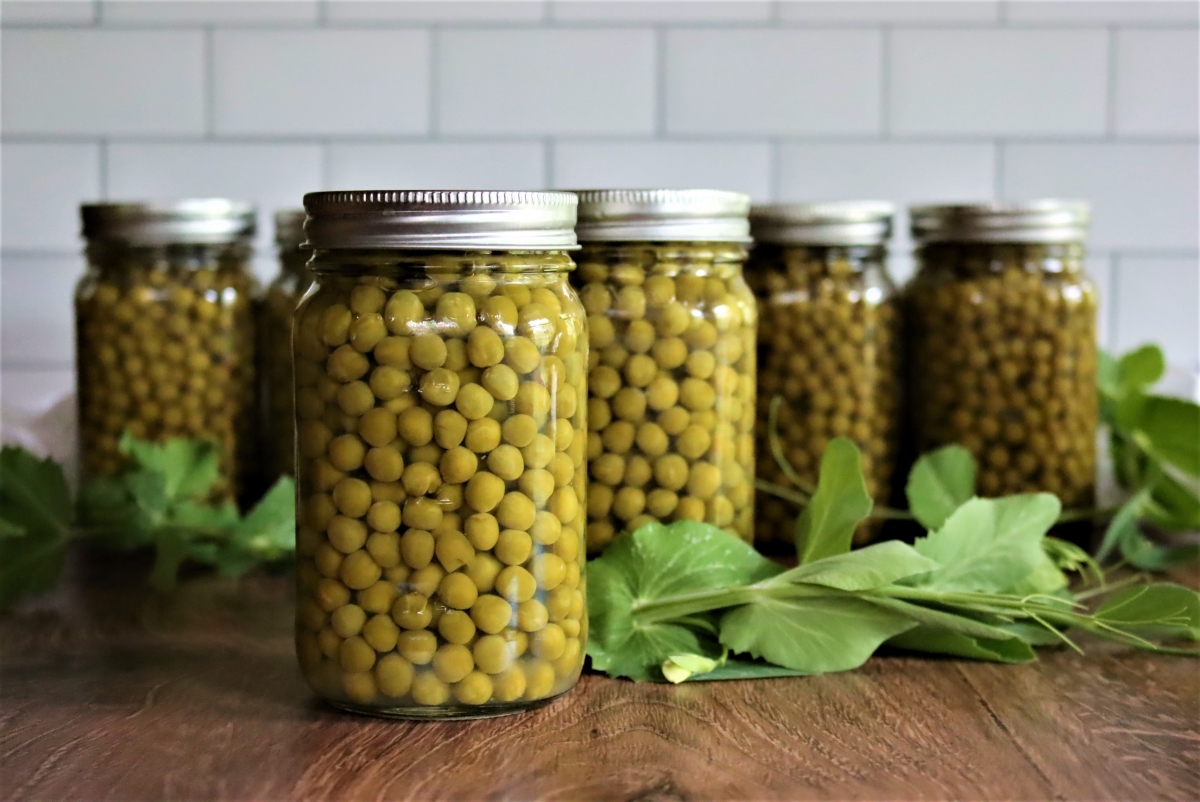
Persimmon
Late fall is the perfect time to put up persimmons for long-term storage. Because fruits must be below a pH of 4.6, persimmons need a small amount of citric acid or lemon juice added before they can be safely canned in a water bath.
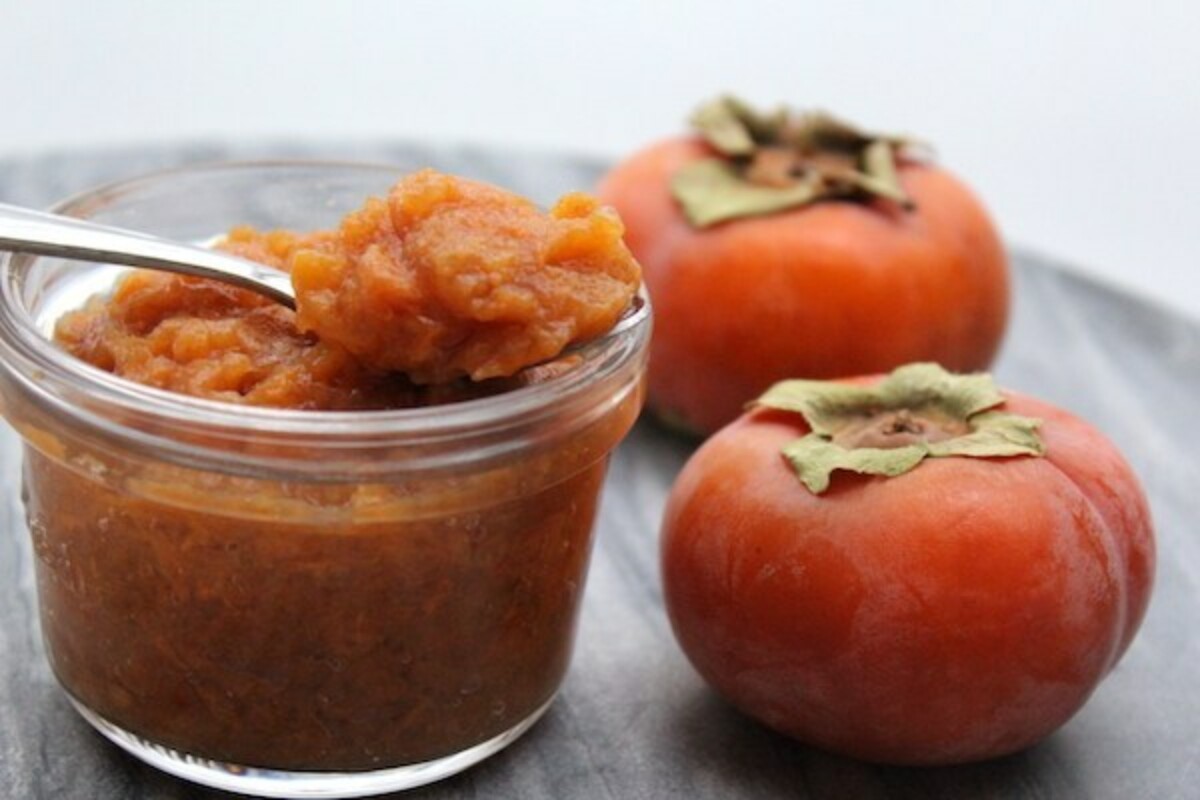
Peppers
I find it best to freeze sautéed peppers for use in winter chili, but I always make up a batch of pickled peppers for winter use. Pickled hot peppers make a lovely hot dog topping, and big slices of pickled sweet peppers are amazing on sandwiches.
Both hot and sweet peppers are pickled the same way.
- Canning Peppers (Hot or Sweet)
- Canning Pickled Peppers
- Cowboy Candy (Candied Jalapeños)
- Pickled Jalapeños
- Pickled Banana Peppers
- Ghost Pepper Jelly
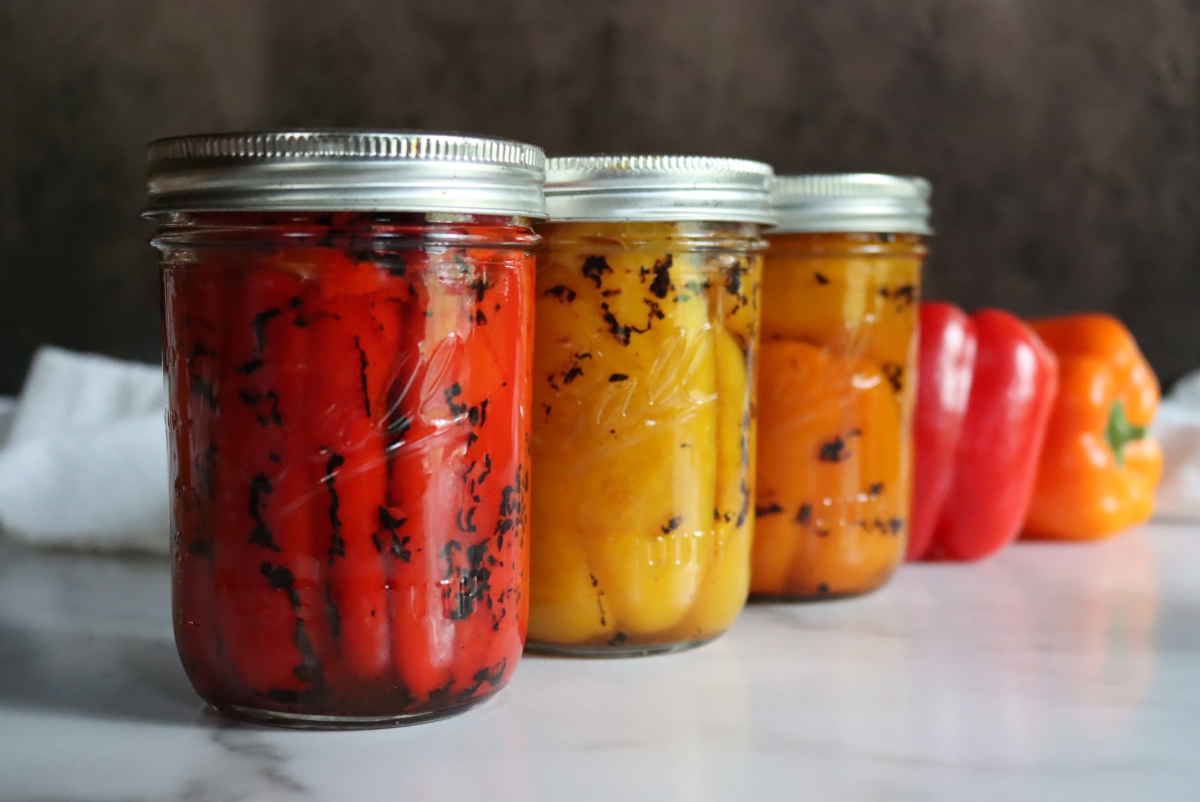
Peppercorns
Not accessible for most of us, but if you’re living somewhere tropical you may have access to green peppercorns. If so, try making these…
Pineapple
Once you’ve canned your own pineapple you’ll never go back to store-bought. Home-canned is alive with flavor and tastes so much fresher than tinned pineapple. Since the fruits are high acid, canning recipes for pineapple are generally used in the water bath method.
- Canning Pineapple Chunks
- Pineapple Jam
- Pina Colada Jam (pineapple coconut)
- Pineapple Jalapeno Jam
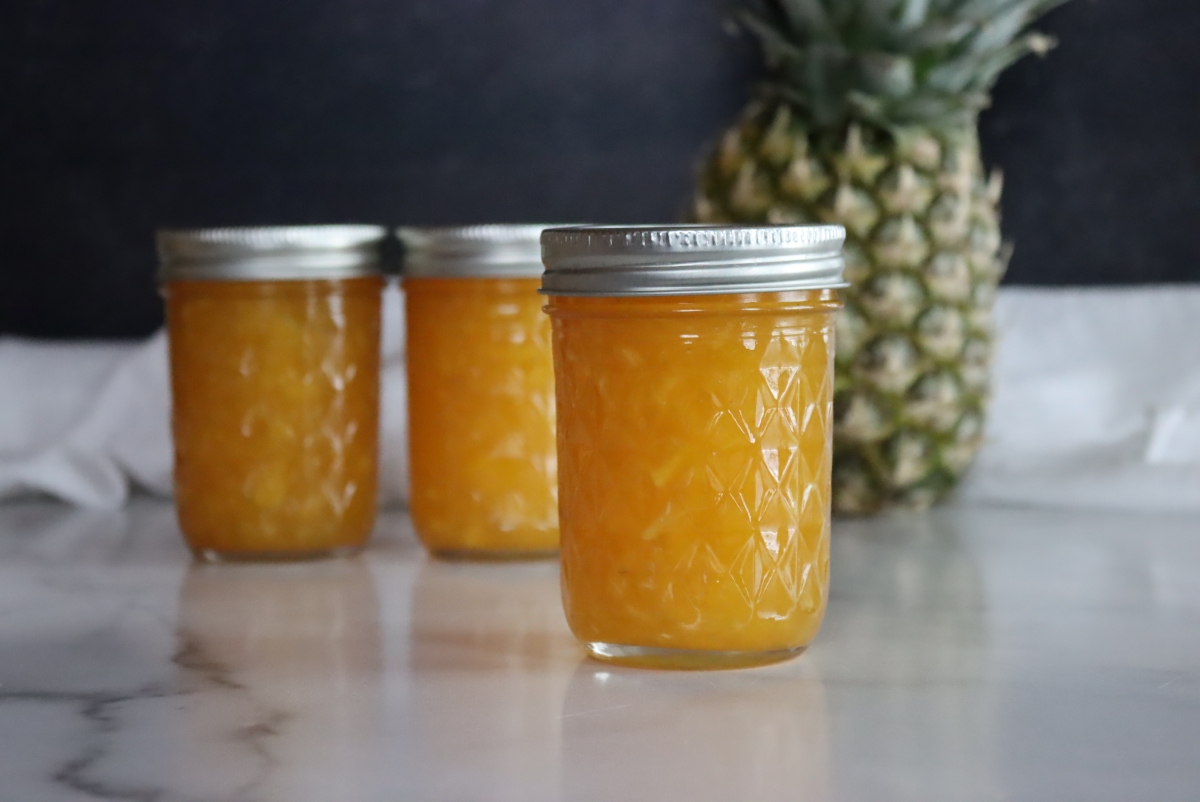
Plum
We have more than 20 plum trees on our land, and that includes just about every variety that’s hardy enough to handle our zone 4 Vermont winters. Most of them are eaten fresh right off the tree, believe it or not, but there are limits to how many plums you can eat before they spoil.
Plum jam is one of the very best preserves in my opinion, and it captures all their rich flavor without the need for any added pectin.
- Plum Jam (without Added Pectin)
- Plum Jelly (without Added Pectin)
- Canning Plums (whole or halves)
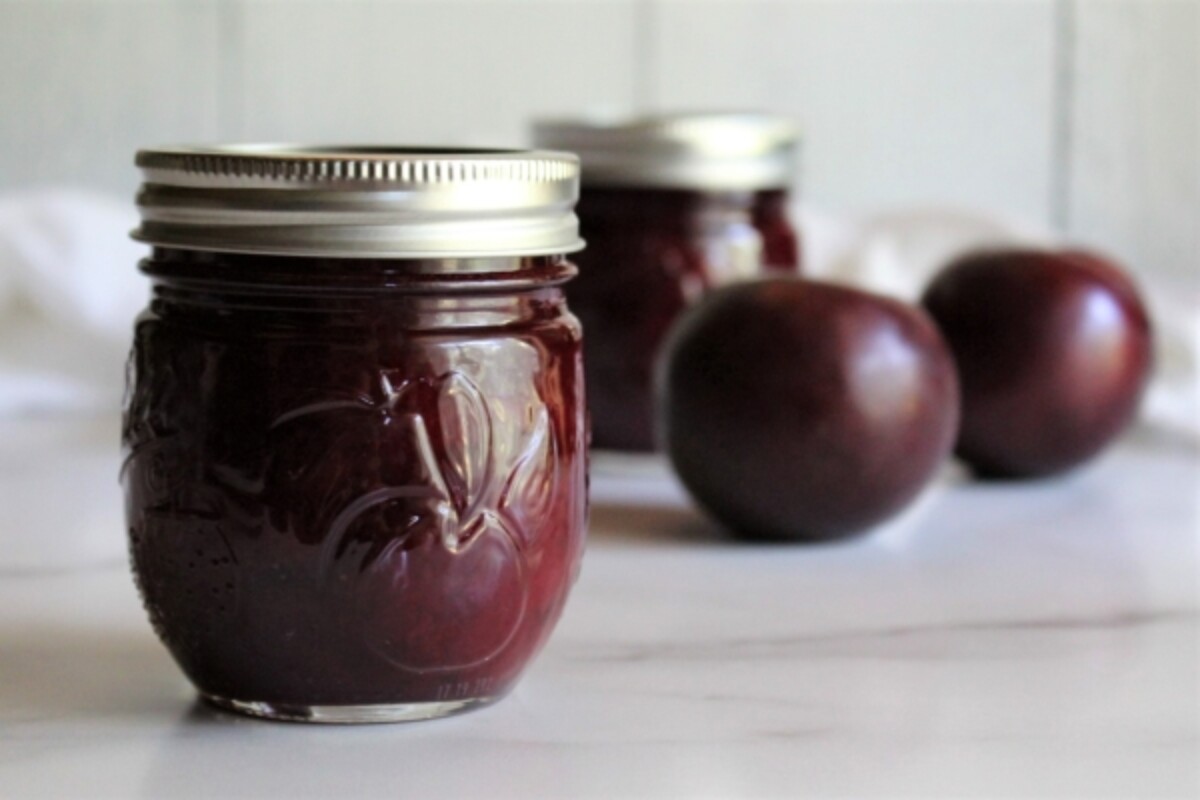
Pomegranate
Naturally sweet and high in acid, pomegranates make great preserves.
The seeds can be tricky, and the best use I’ve found is pomegranate jelly (or syrup, which is made the same way, just omitting the pectin).
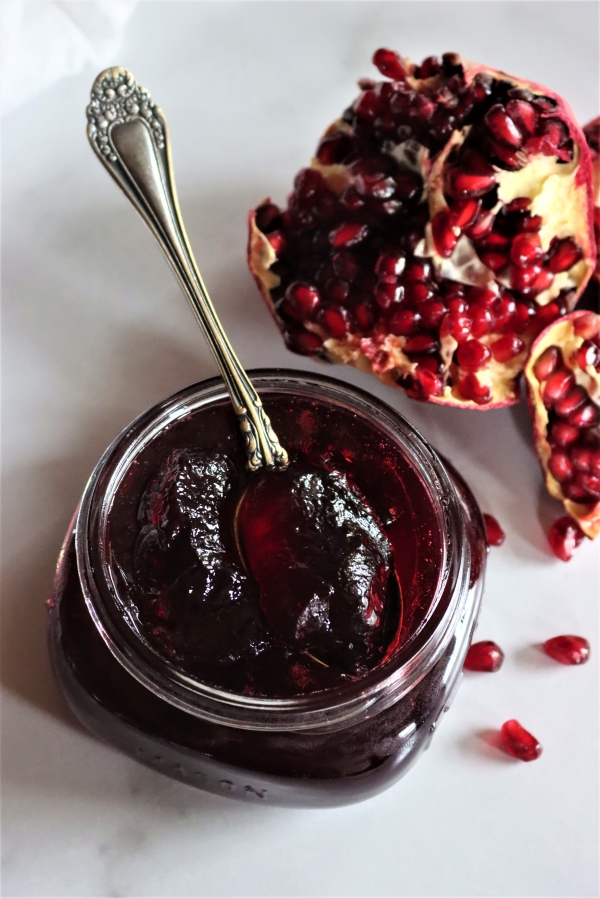
Potatoes
Large potatoes store pretty well in a root cellar, but the little ones will spoil quickly. Canning the smaller potatoes is a much better bet for long-term preservation.
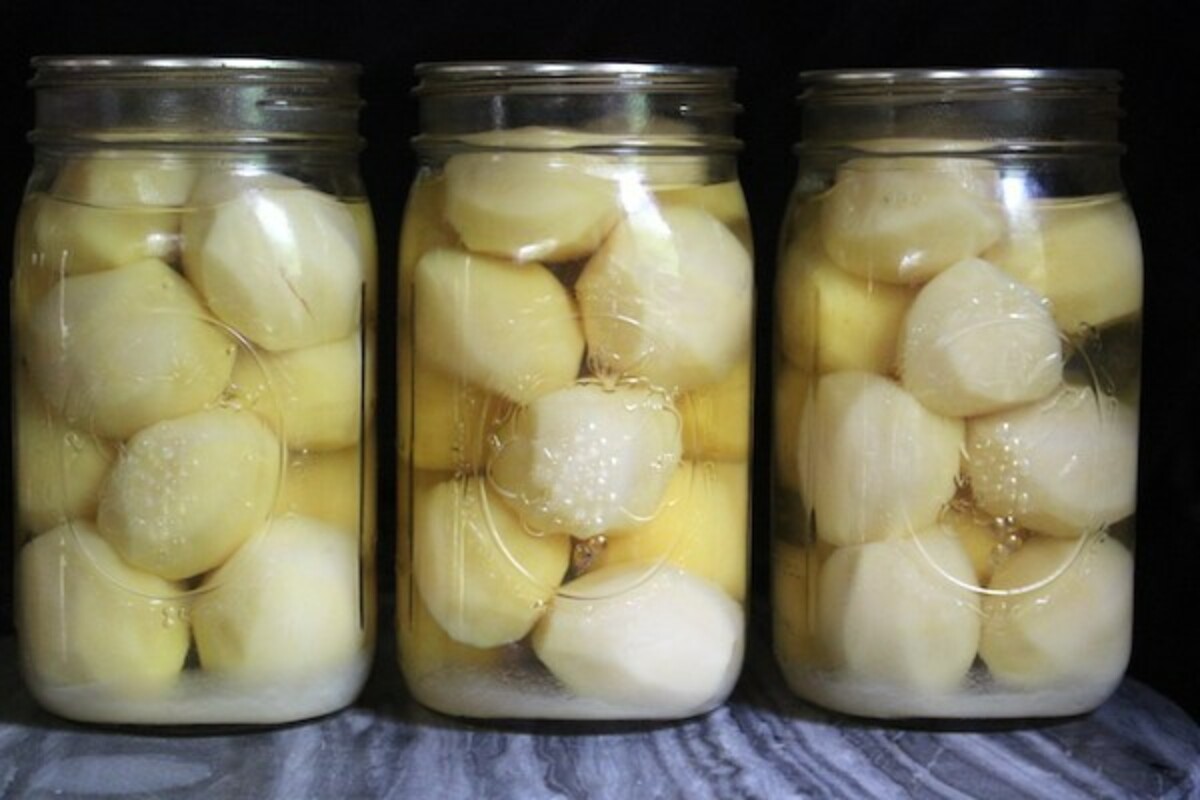
Prickly Pear
Prickly pears are the fruit of the nopal cactus and have a delightfully sweet and warm flavor that is unexpected. They contain no pectin and it will need it added in jelly making. They’re also low acid fruits, and require the addition of a significant amount of lemon juice for safe canning.
If foraging your own, make sure to remove any sharp glochids that protect its flesh from predators.
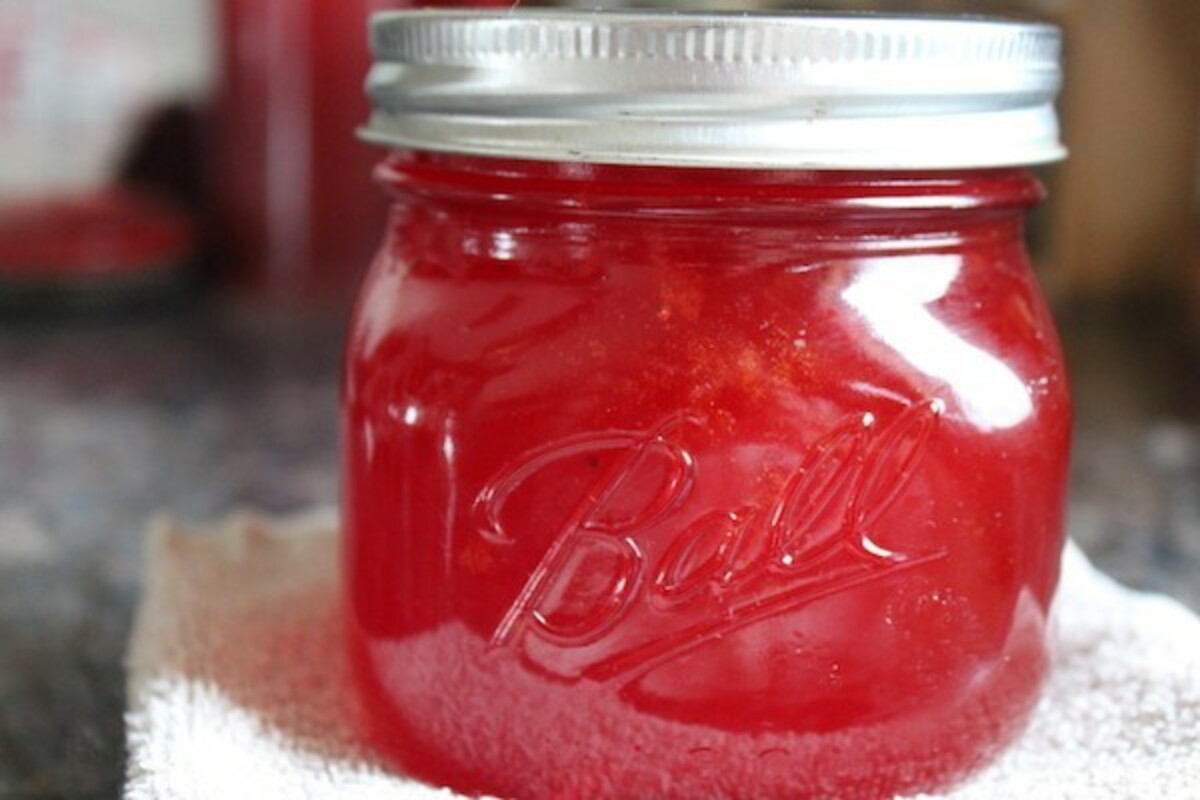
Pumpkin
It can be tricky to properly can pumpkin at home, but there is in fact a tested and approved recipe.
Pumpkins are low acid vegetables and must be pressure canned, but you can’t simply can pumpkin puree. The puree is too thick for home canning (in glass) and can only be canned using an industrial process (in tin cans).
Though you can’t do puree, it is perfectly fine to can pumpkin chunks (and then simply puree it when it comes out of the jar). Be sure to follow the recipe carefully!
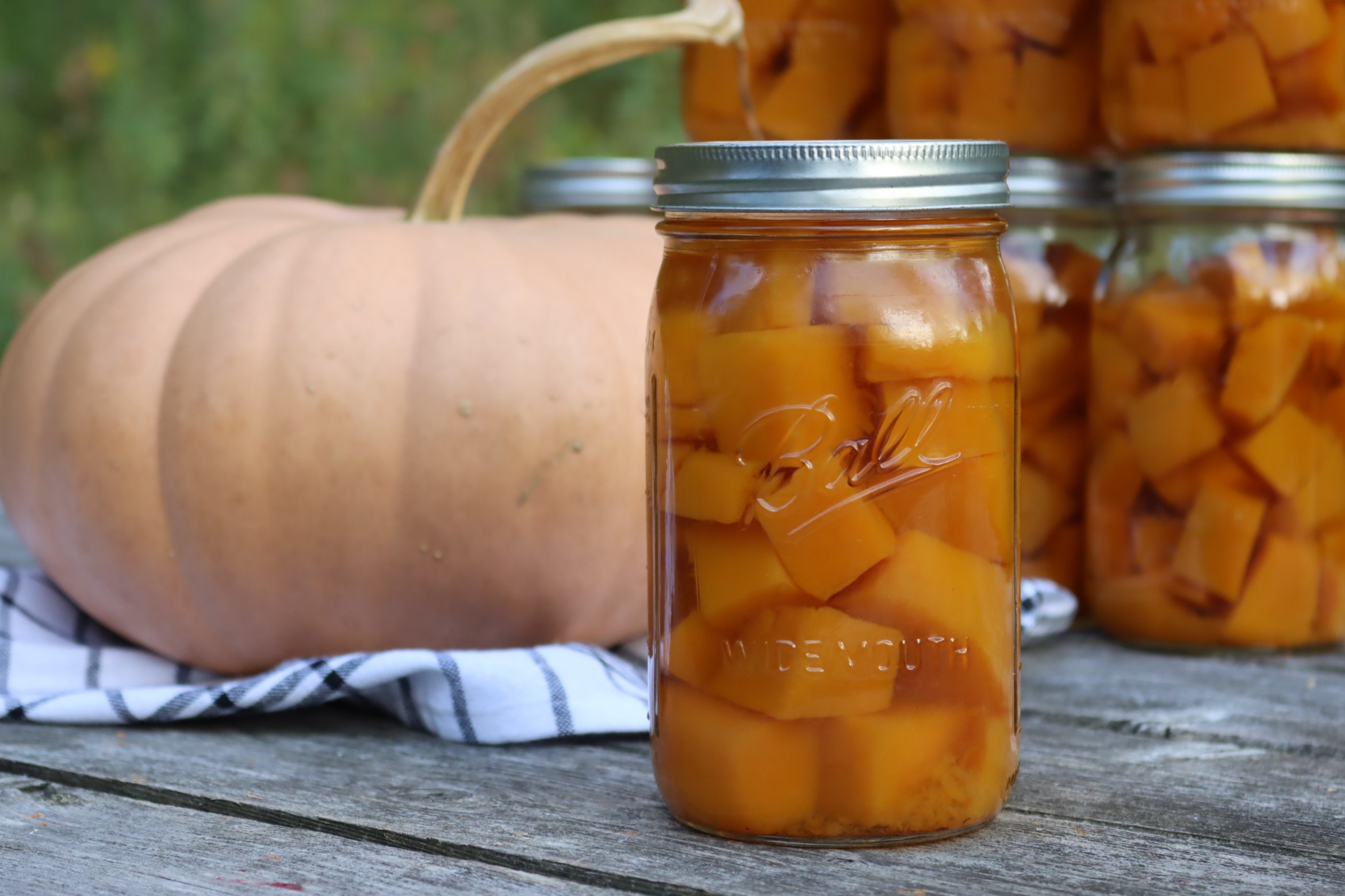
Quince
You know a quince is ripe by its smell, if its aroma is mild and not at all intoxicating, some more time is needed before it’s ripe. Because this fruit is rock solid, it can only be consumed after a great deal of cooking.
When turned into jam, only fruit and sugar are needed as they contain enough pectin to do the job.
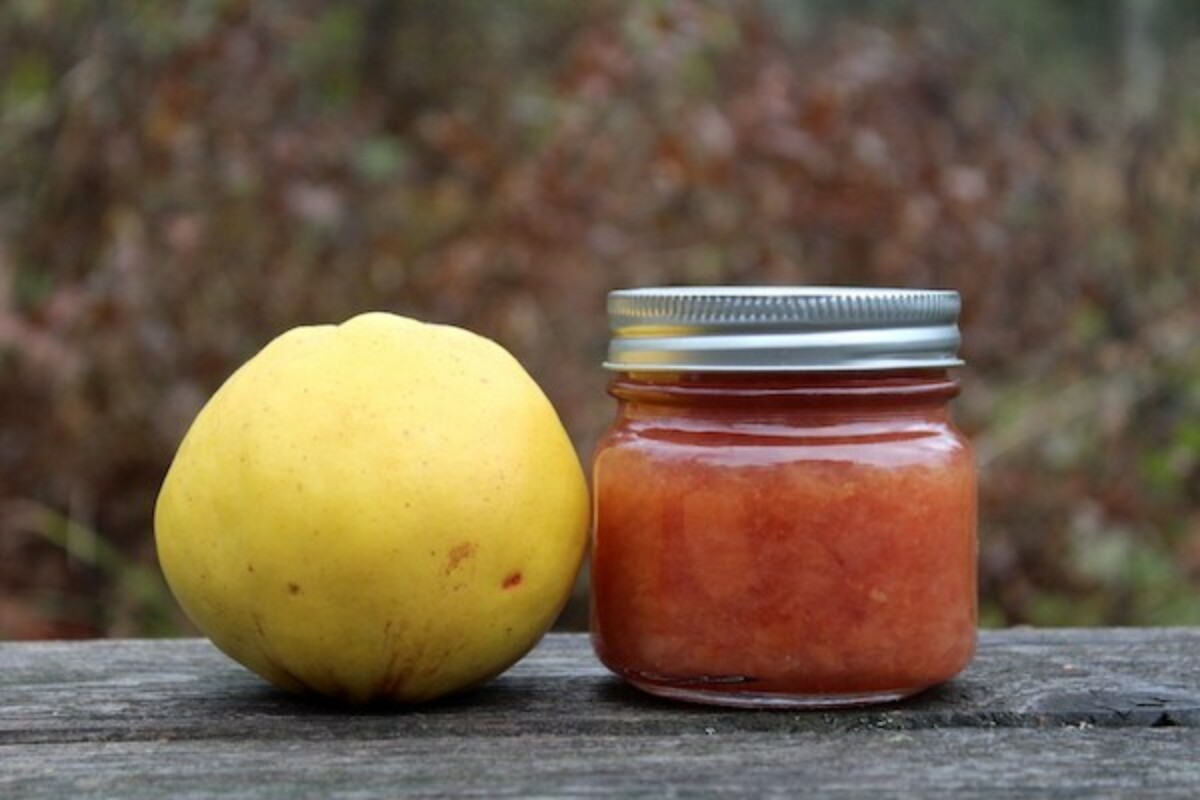
Ramps (Wild Leeks)
A special wild foraged treat, ramps (also known as wild leeks) can only be found in the woods (or the farmer’s market) for a short season in the spring. They make particularly tasty pickles, and we love them with burgers in the winter months.
While canning is an option, it’s not necessarily the best way to preserve ramps, and I’d suggest ramp pesto or ramp compound butter instead.
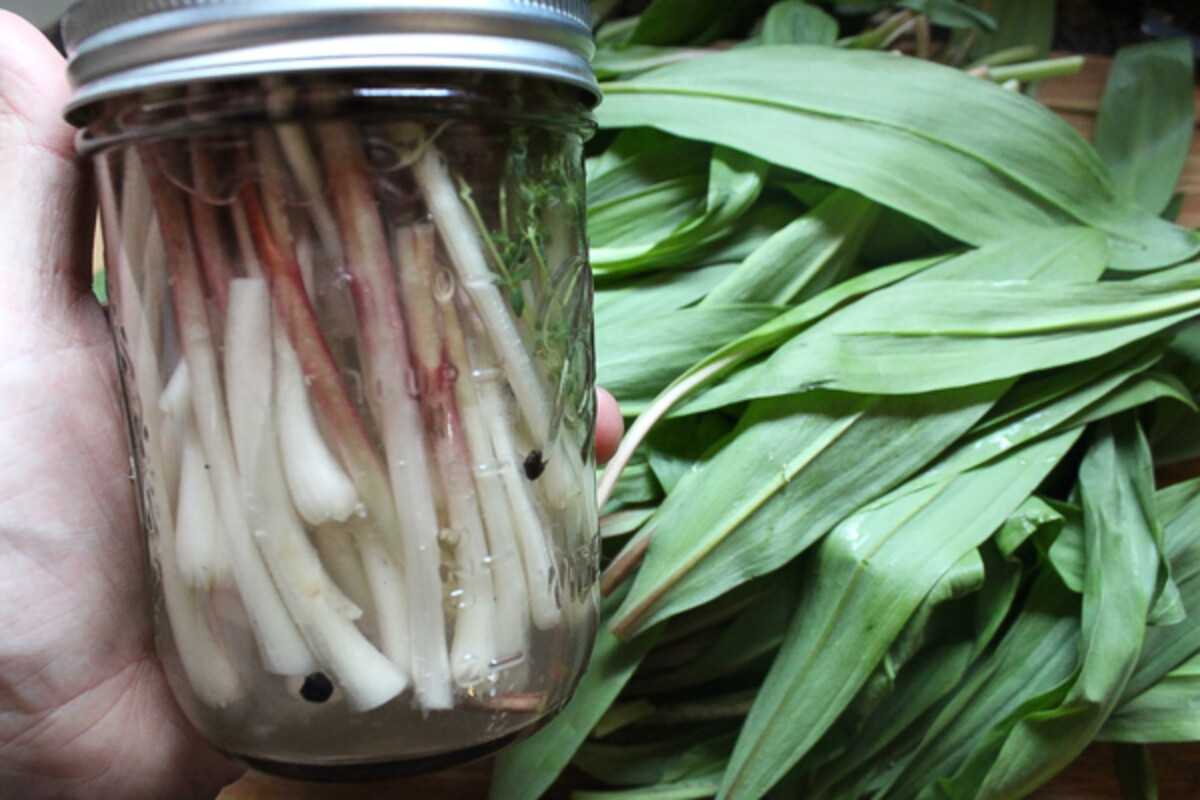
Raspberry & Black Raspberry
Raspberries are divine for such a short time off the vine, but they keep beautifully in home-canned preserves.
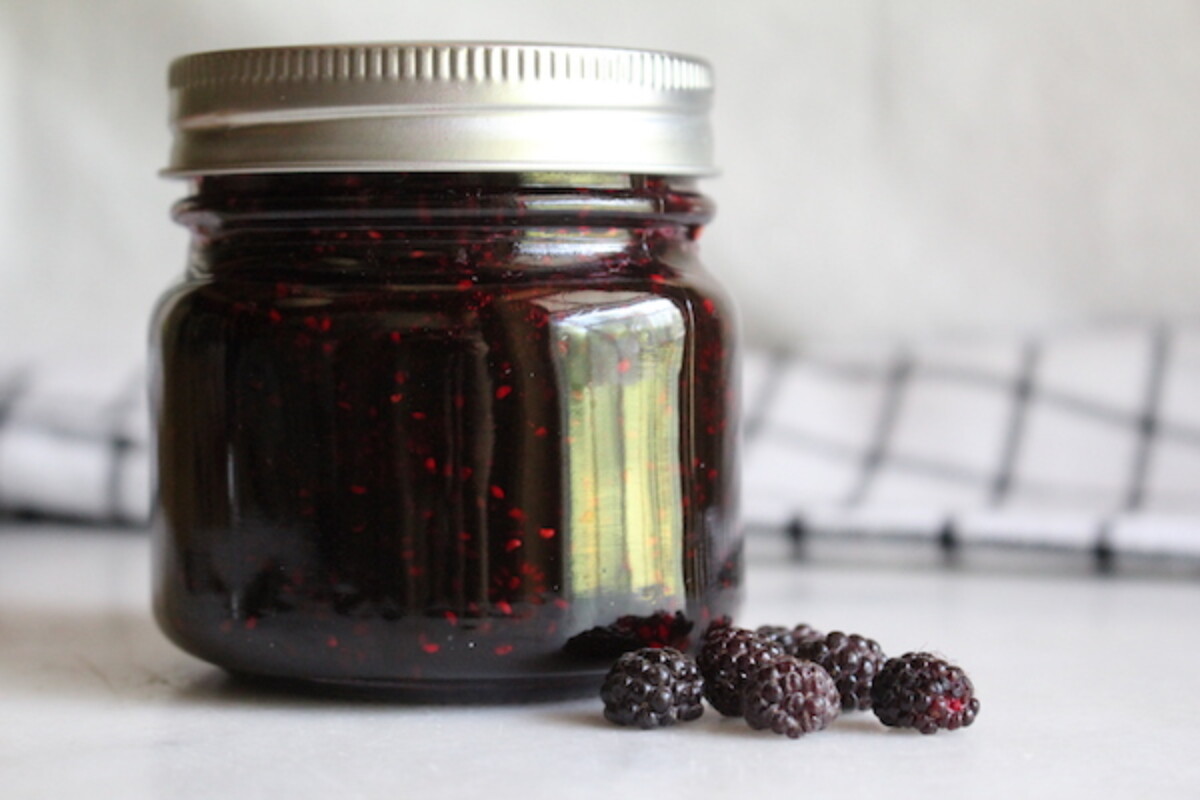
Redcurrant
Bright and sweet, the flavor profile of redcurrants is quite different from the black variety. They have a very short shelf life, so it’s best to preserve them within a day or two after harvest.
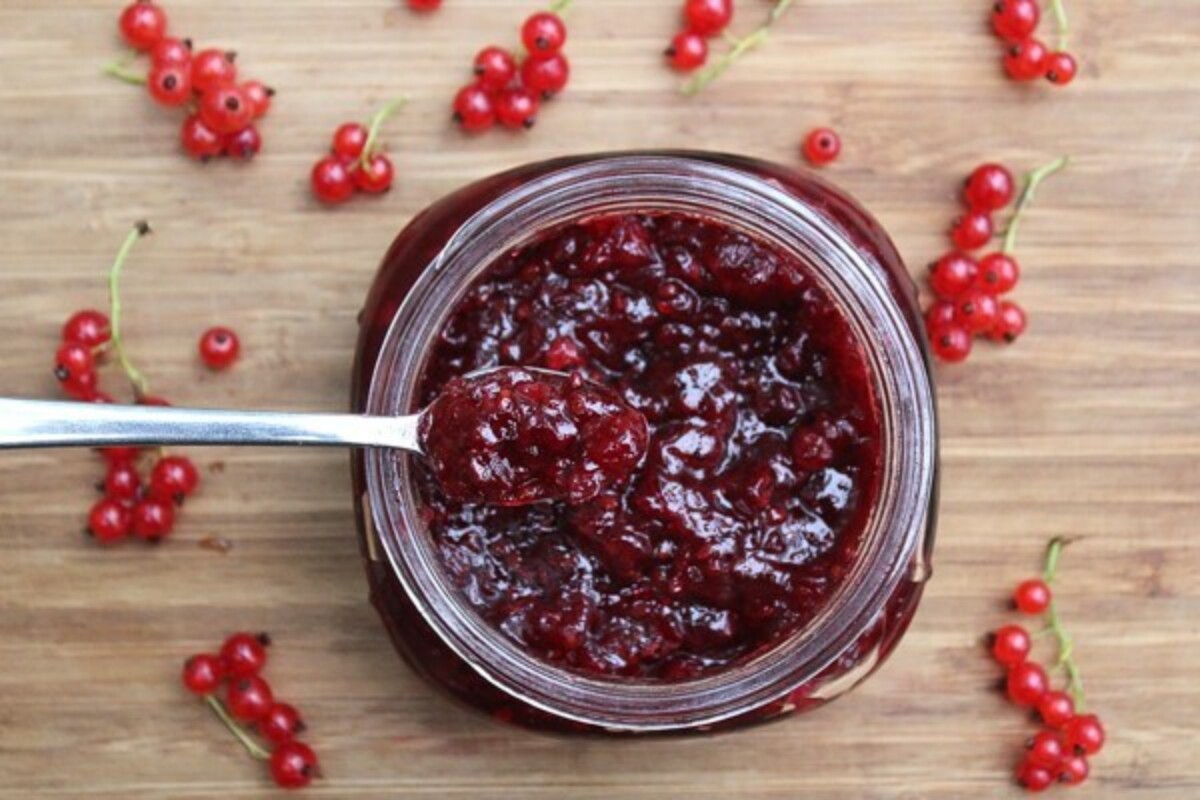
Rhubarb
Another short-season crop, rhubarb cans up for winter pies and tarts. Rhubarb jam is tart and delicious, and rhubarb bbq sauce is a treat that dates back to the Victorian era. That’s just the beginning when it comes to rhubarb canning recipes.
If you’re looking for some truly unique rhubarb recipes, skip the rhubarb canning recipes and try out these savory rhubarb recipes. It is a vegetable after all, and there’s no reason you can’t serve rhubarb for dinner.
(Pressed for time in the spring? No worries, you can always freeze rhubarb for later too.)
- Canning Rhubarb
- Canning Rhubarb Pie Filling
- Canning Rhubarb Juice Concentrate
- Rhubarb Jam
- Strawberry Rhubarb Jam
- Rhubarb Jelly
- Rhubarb and Gin Jam
- Rhubarb Chutney
- Rhubarb BBQ Sauce
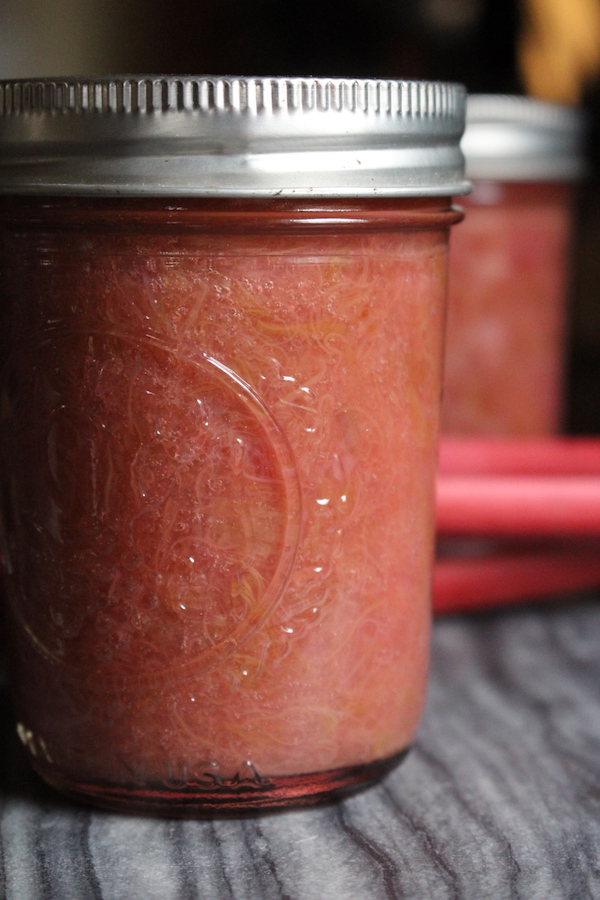
Salsa
More than just tomatoes, salsa can be made from just about anything.
Fruit salsa is lovely at a summer BBQ, and a corn or black bean salsa makes a more substantial topping.
- Canning Restaurant Style Salsa
- Canning Salsa Verde
- Home Canned Salsa
- Black Bean and Corn Salsa
- Peach Salsa
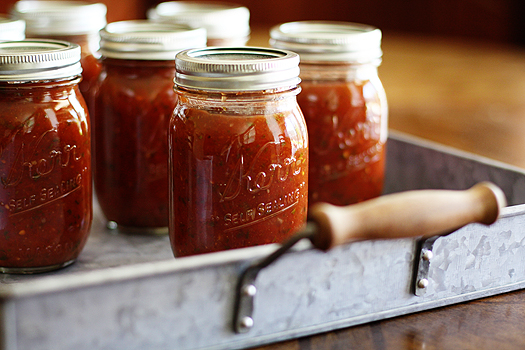
Strawberry
One of the very first berries in the spring here in Vermont, strawberries kick off the jam-canning season for us. We grow a huge patch of both summer-bearing and everbearing strawberries and can up batches of jam, jelly, and whole berries every week in season.
There are so many strawberry canning recipes that I just can’t include them all, but here are more than enough to get you started:
- Canning Whole Strawberries
- Strawberry Jelly
- Canning Strawberry Juice
- Canning Strawberry Lemonade Concentrate
- Old Fashioned Strawberry Jam (No Pectin)
- Wild Strawberry Jam
- 30+ Creative Ways to Can Strawberries
- Low Sugar Strawberry Jam
- No Sugar Strawberry Jam
- Strawberry Rhubarb Jam
- Strawberry Lemonade Marmalade
- Strawberry Honey Butter
- Strawberry Balsamic Thyme Preserves
- Strawberry Jam with Rosemary
- Balsamic Roasted Strawberry Preserves
- Strawberry Rose Jam
- Simple Strawberry Syrup
- Strawberry Pie Filling for Canning
- Strawberry Pie Filling
- Strawberry Rhubarb Pie Filling
- Strawberry Banana Jam
- Christmas Jam (Strawberry, Cranberry, Orange)
- Strawberry-Rhubarb-Pineapple Jam
- 15 Minute Strawberry Peach Jam
- Strawberry and Thai Herbs Jam
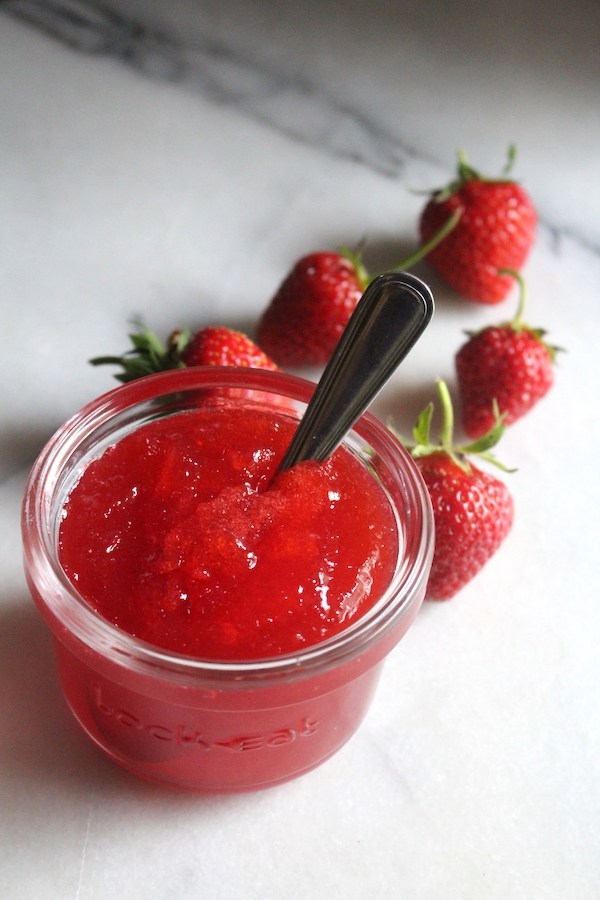
Sweet Potatoes
Canned sweet potatoes were a staple of the holiday season in my youth, and they make an exceptional pie or sweet potato casserole (with toasted marshmallows of course).
We stock up on them when they’re on sale for 1/6th the normal price around the holidays, and they’re one of the ways we save money on groceries eacy year by stocking up at sales.
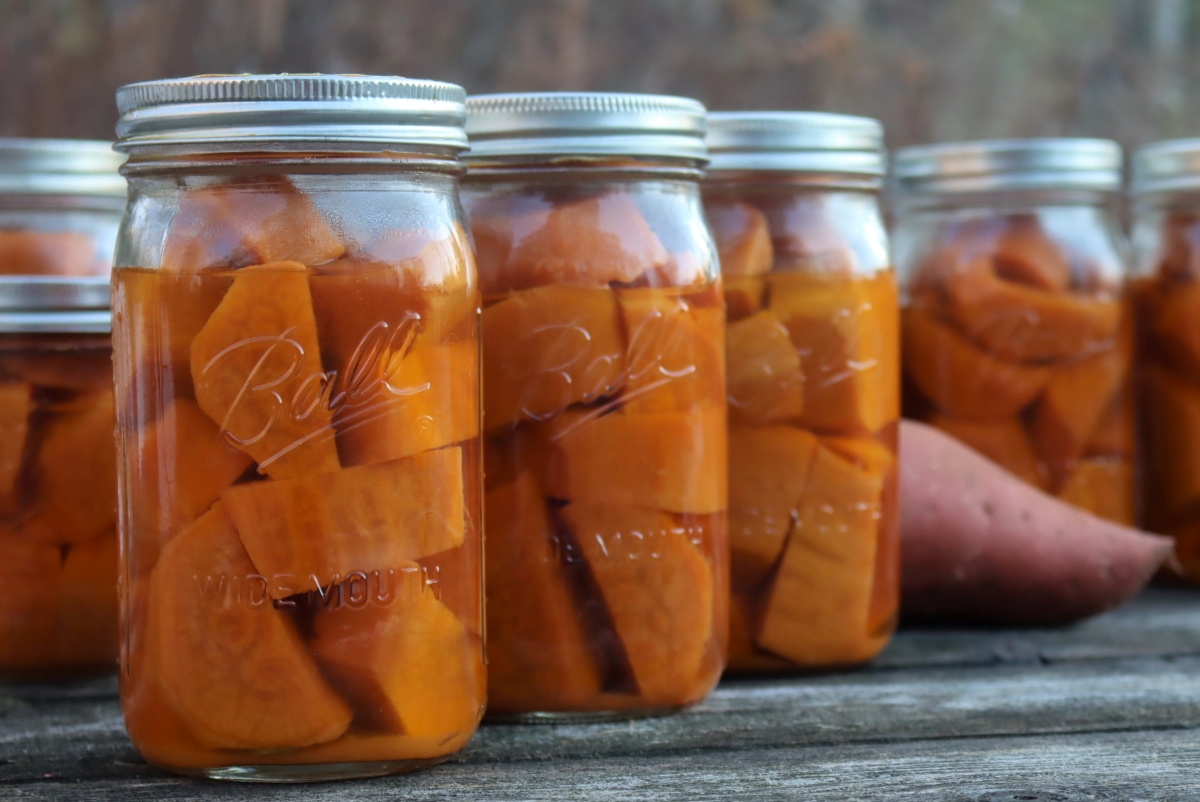
Tamarillo
Also known as “tree tomato,” the tamarillo is a tropical fruit that’s popular in Central and South America, as well as Australia and New Zealand.
A friend of mine from Hawaii grows them because they grow much better than tomatoes in their island climate. She turns them into ketchup, but they’re also commonly canned in place of tomatoes in chutney, salsa, hot sauce, and even tamarillo jam.
They’re a bit obscure, so it’s hard to find specific canning recipes for them, but in general, you can just substitute them in place of tomatoes in other canning recipes.
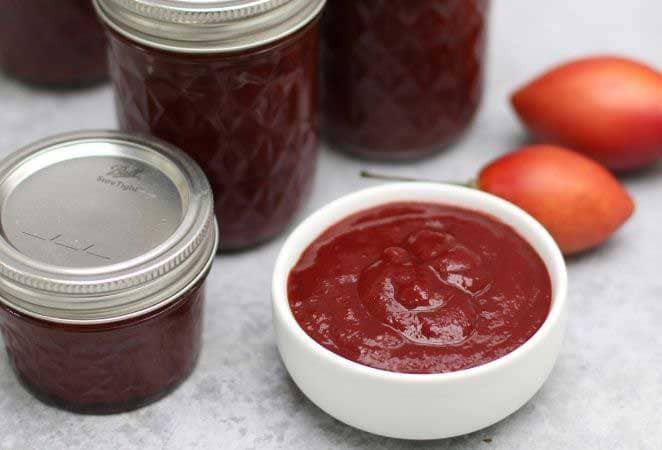
Tomatillo
A staple of southwestern cuisine, tomatillos make wonderful enchiladas and pork stews.
Tomatillos are naturally acidic, so they’re perfect for home canning recipes.

Tomatoes
One of the most useful things to can in the summer months, tomatoes make their way into all manner of winter dishes later on.
Tomato canning recipes range from simple canned whole tomatoes to exotic tomato jams, and everything in between.
- Canning Whole Tomatoes
- Canning Diced or Crushed Tomatoes
- Canning Tomato Sauce
- Canning Tomato Paste
- Pickled Cherry Tomatoes
- Pickled Green Tomatoes
- Green Tomato Relish (Chow Chow)
- Sweet and Savory Tomato Chutney
- Tomato Salsa with Fresh Peppers
- Restaurant Style Salsa
- Tomato Jam
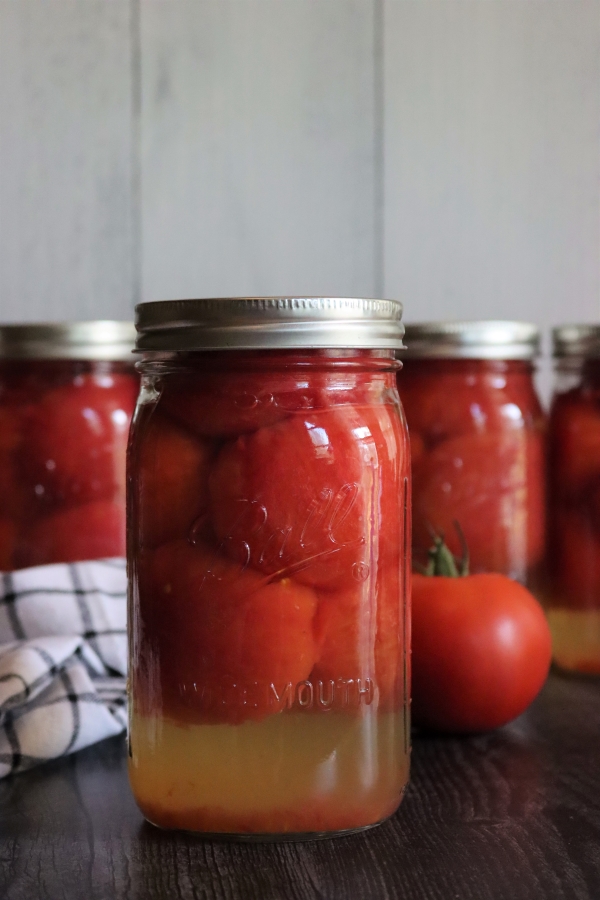
Turnips
I’ll be honest, turnips aren’t high on my canning priority list but I know they’re quite popular in many parts of the country.
If you’re ready to can them, here’s how you do it:
Water
Yes, believe it or not, it’s perfectly fine to can water! It comes in handy in emergencies, and since it’s stored in glass jars it’ll keep for decades.
Plastic water bottles degrade over time, and they’re only rated for 1 year of storage, while home-canned water will be there when you need it.
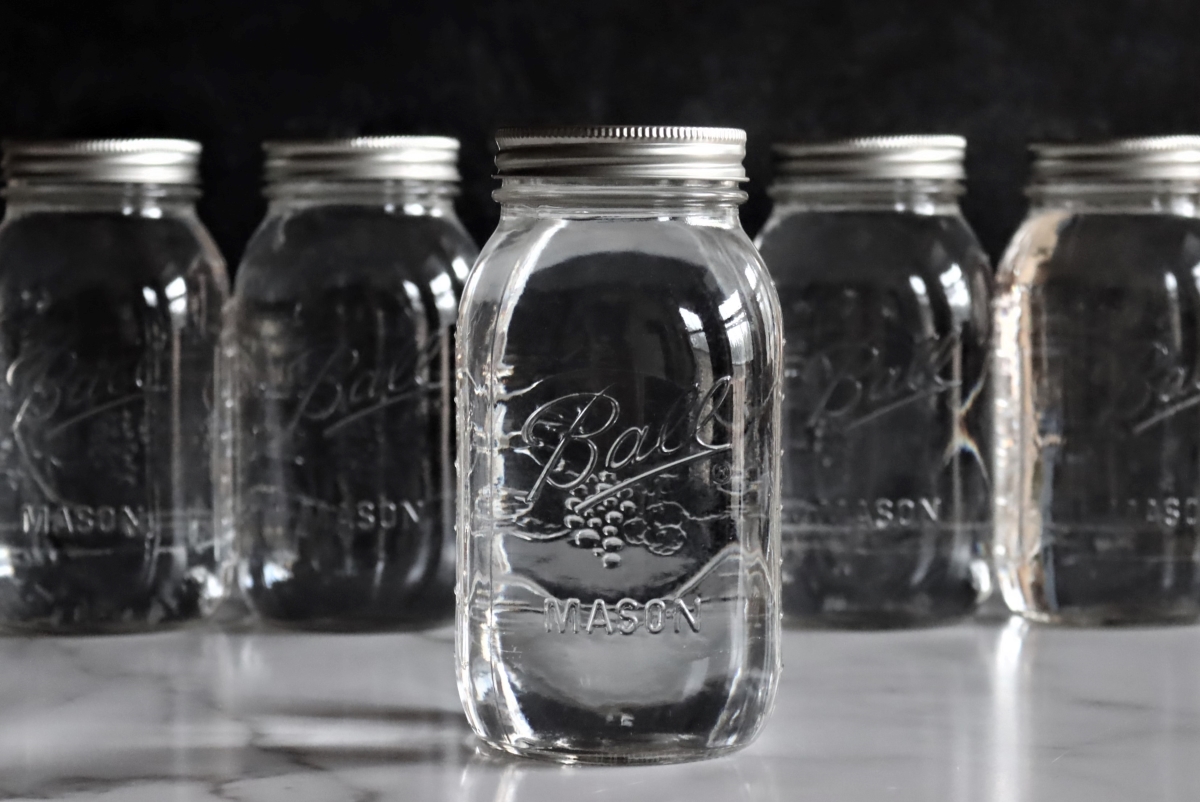
Watermelon
When watermelon season rolls around, I sometimes feel like I could go on a watermelon fast-eating nothing but that sweet juicy fruit. No matter how much I eat though, there’s always more.
Canning watermelon preserves puts it all to good use, and you can even can the rind!
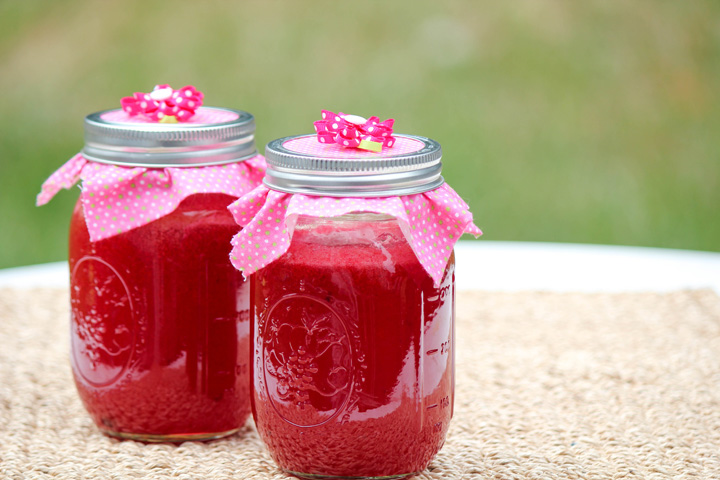
Zucchini
Every gardener knows what a blessing and a curse zucchini can be. The first one’s wonderful, but a few hundred pounds later and it’s coming out your ears. Canning zucchini is an easy way to put up this bumper crop of summer squash, though it’s sometimes tricky to find safe zucchini canning recipes.
Fear not, they are out there! Most are pickles and relish, which are acidified for water bath canning. Zucchini marmalade and zucchini pineapple are similarly acidified, with either lemon juice or pineapple juice, so they’re also water bath canning recipes.
There’s also one approved pressure canning recipe that mixes zucchini and tomatoes. Be very careful to follow that recipe to the letter, as pressure canned plain zucchini (without tomato) is not safe for canning.
- Pineapple Zucchini Chunks
- Zucchini Relish
- Sweet and Sour Zucchini Pickles
- Zucchini Marmalade
- Pressure Canned Zucchini with Tomato
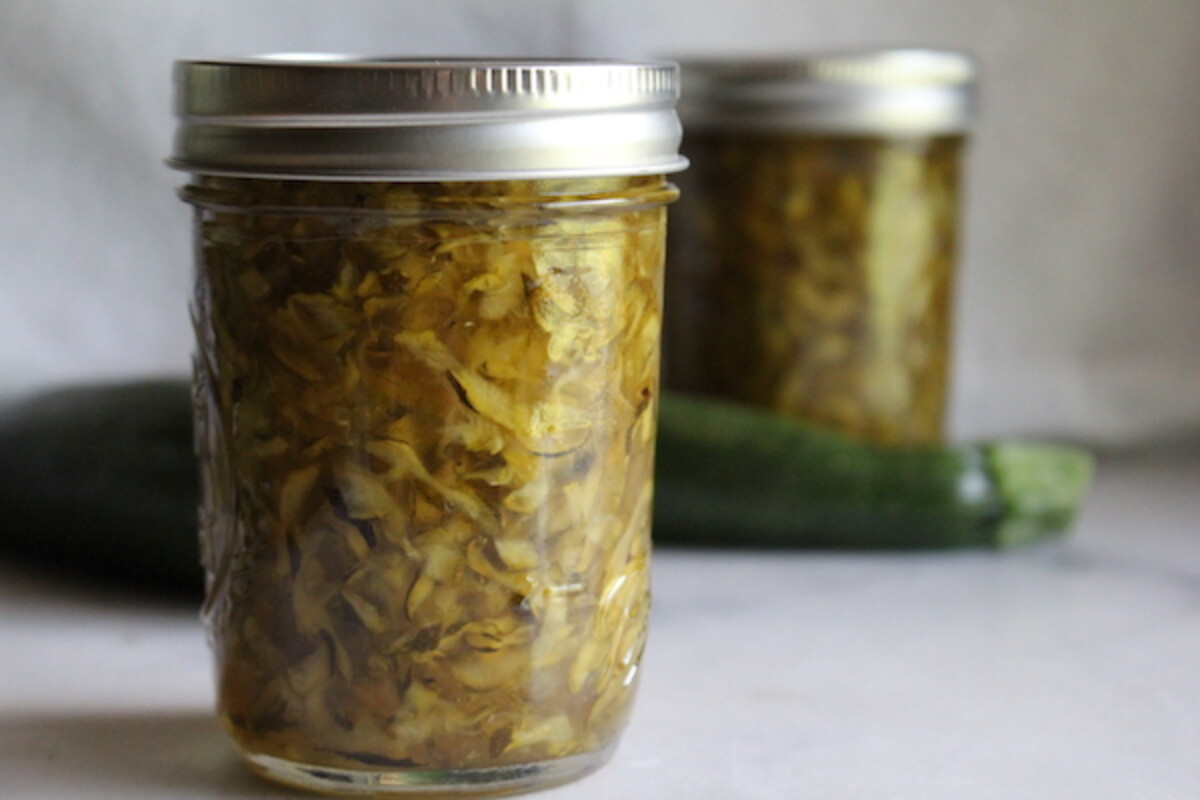
More Food Preservation Ideas
Did I miss any of your favorite canning recipes? If so, let me know in the comments. Otherwise…keep that preservation kitchen going with even more food preservation ideas:
- 100+ Dehydrator Recipes
- 30+ Ways to Preserve Eggs
- 20+ Ways to Preserve Lemons
- 18th Century Farmhouse Cheddar Recipe
- Preserving Cheese in Wood Ash
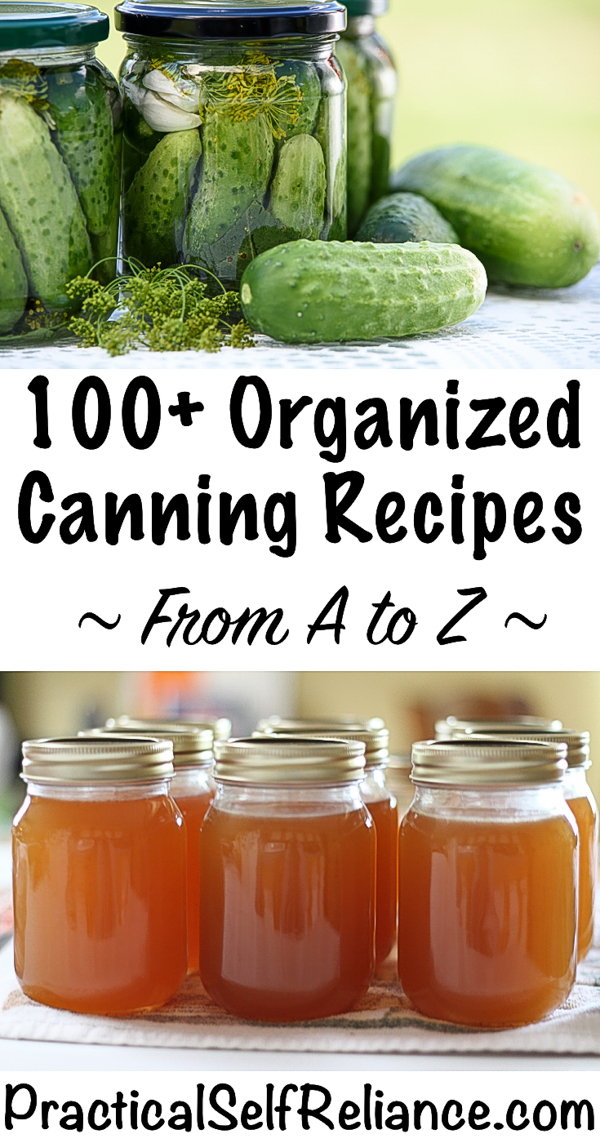
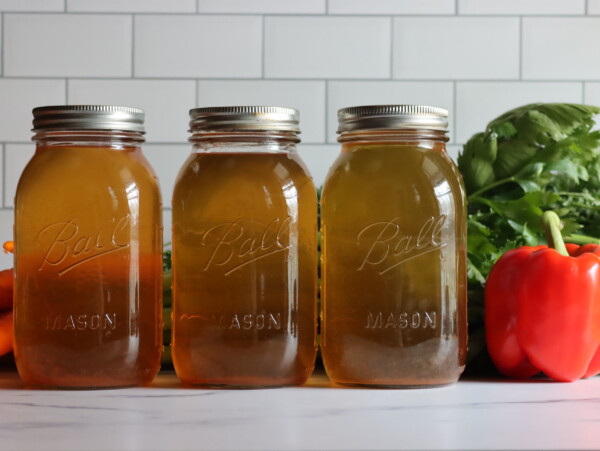
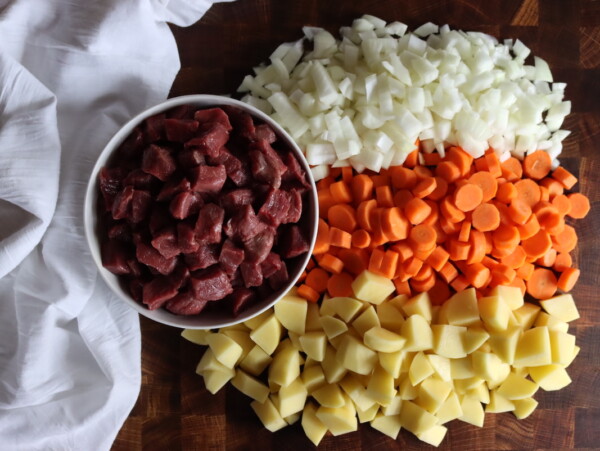
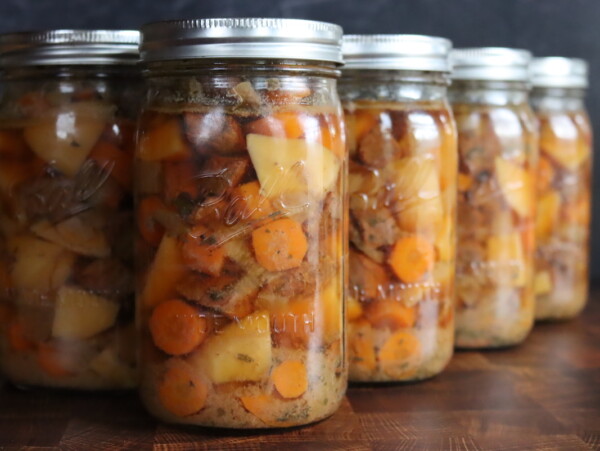










I started getting to know your specialized knowledge through Pinterest but now I’m enjoying your blog on the new homepage and through ShortStack.
Keep up the great work. I love your humor and practical wisdom.
Thank you,
Eva Harkness
Lately of Kansas
Thank you so much. We’re so glad you’re enjoying the blog.
How many minutes does it take to cook? I want to try, but I don’t have much time.
The time depends on which type of food you’re canning. Each food has its own specific processing times.
Can lime juice be processed in jars like the lemon juice canning you shared? Thank you for your time.
Yes, you should be able to process lime juice just like lemon juice.
I love your self-reliance website and all the information/recipes you post. Thank you so much for sharing this wonderful amount of knowledge! I’ve made several of your recipes with ease and success. Blessings to you!
Wonderful, so glad it’s helpful to you!
I didn’t see any compote on the list. I also grate raw apple or pumpkin for pies, it preserves wonderfully
Yes, compote would be a great addition!
I am curious if you can can on and open fire.
Are you asking about water bath canning or pressure canning? For water bath canning you just need the water to be able to reach the boiling point and stay there during the processing time which shouldn’t be a problem. For pressure canning you would need to be able to get the canner to the correct pressure and stay there during the entire canning process. This might be a little trickier but can be done.
Wow| here is the most popular recipe tips. Very clearly describe. This is a wonderful healthy recipe resource. Thank you for putting it together!
You’re very welcome. So glad you enjoyed it.
I make a squash stew with tomatoes, summer squash, zucchini squash and hamburger meat with chili powder, garlic and salt. Can this stew be pressure canned safely?
When you’re wanting to can a combination of foods like this, you need to make sure that each food can be safely canned individually. If they can be safely canned individually then you want to process the combination for the longest amount of time needed for any of the individual ingredients in the recipe.
This is a treasure trove of fabulous recipes. I am a long time home canner and am always on the lookout for new recipes. So happy I found this site. I’m bookmarking it, but would love to have this in book form. Waiting anxiously for you to publish! Meantime, there are so many great recipes to try out. I’ll be making my own version of fruit cocktail asap, using pineapple and a few other secret ingredients. So glad I found the suggestion to boil the pineapple core to make juice. Thank you for this great resource!
You’re very welcome. So glad you enjoyed it.
This is a wonderful resource. Thank you for putting it together!
You’re very welcome. We’re so glad you like it.
Hi! I LOVE your canning resource! I am wondering if you have instructions on how to can gooseberries you can share with us. Thank you so much!
We have a post on gooseberry jam. Are you looking for something like that or are you wanting to just can the gooseberries whole?
I have looked every where for a simple recipe to can spaghetti sauce and the ONLY one I can find is one that has meat and mushrooms in it! I can’t believe no one has a recipe for something that is so commonly eaten.I’m in a pickle I have 25 pounds of processed and strained tomatoes that I need to can today! But I am stuck without directions on how to accomplish it.
I think most people prefer to can their tomato sauce plain and then season it when they use it. That may be why it’s harder to find those recipes. Here is a recipe from the National Center for Home Food Preservation. It does have mushrooms but you can easily omit the mushrooms. You don’t want to increase any of the non acidic ingredients but it would be totally ok to decrease them. https://nchfp.uga.edu/how/can_03/spaghetti_sauce.html
Wow, beautiful site! I have done quite a bit if canning over the years, but we just bought 1.2 acres and will be doing a LOT more!! What a great recourse your site will be!!
I’m so glad you are enjoying the site.